Louise Irvine & Alexandra Barth
Once upon a time, Rhanu the mermaid appeared at WMODA to tell us all about the wonders of the deep. She helped us create an entertaining and informative scavenger hunt around the museum by explaining some of the natural history behind the ocean-themed decorative arts and myths in the museum.
On land, Rhanu is better known as Alexandra Barth, a marine biologist and educator with a special interest in sharks and ocean conservation. In her “mersona” as Rhanu, the mershark, Alex merges art and science to introduce her audience to the importance of our marine environment. More than 80% of the ocean remains unexplored and we know more about the surface of the moon than we do about our own mysterious underwater frontier!
Myth or Manatee
One of the most mysterious of the sea creatures is the mermaid as can be seen in our Fantastique exhibit. Today, we know that mermaids are a figment of the imagination but that was not always so. In 1492, when Christopher Columbus sailed the ocean blue on his first voyage to America, there was a mermaid sighting near Haiti. Columbus saw “three mermaids which rose well out of the sea… they were not as beautiful as they are painted since in some ways they have a face like a man”.
Mermaids arising from the sea inspired a Doulton centerpiece for the World Columbian Exposition in 1893 to celebrate the 400th anniversary of the epic voyage of Christopher Columbus. It is thought that Columbus saw manatees or dugongs, from the Malay word for “lady of the sea”. It might seem strange to confuse a slow-moving, blubbery sea cow with a beautiful, fish-tailed maiden. Yet it led to the scientific class for manatees and dugongs which is Sirenia, a name also used for mermaids. In winter, pods of West Indian manatees gather in Florida’s crystal-clear freshwater springs because of the warmer water temperatures found there. However, algae blooms and boat collisions have combined to decimate the Florida population and manatees are now listed as endangered with some species vulnerable to extinction.
Mermaids & Monsters
Many marine organisms look like fantasy creatures from another world, for instance the extremely intelligent color-changing octopus and the anglerfish equipped with a glowing fishing lure on its head, and countless more. Some of these extraordinary creatures inspired weird and wonderful ceramic art in Victorian times, as can be seen in the spoon warmers by the Martin Brothers and Mark Marshall’s googly-eyed puffer fish.
Merpeople were not always represented in a sensual light. Norwegian sailors in the 13th century reported monstrous mermen rising straight out of the water. Whenever the monster showed himself a storm would follow. Interestingly, many marine organisms have a “sixth sense” that tells them when a hurricane or other natural disaster is approaching. Sharks can detect changes in air pressure and, when they feel a drop in pressure, they swim to deeper waters until the storm passes. Similarly, dolphins and whales can pick up on changes in the ocean’s salinity, or salt content, and they have been observed swimming away from areas experiencing heavy rain that dilutes surface waters.
In the late 18th and 19th centuries, strange Japanese ningyo, meaning human fish, circulated in Europe. They were believed to have supernatural powers and were harbingers of storms but eating them brought longevity. One of the most notorious examples was the Feejee Mermaid, a combination of a monkey head and torso with a fish tail, which was exhibited in London in 1822. The attraction was subsequently purchased by Phineas T. Barnum who made a fortune exhibiting his “mermaid” at his American Museum to a gullible public. Barnum famously said of his success as a showman, “there’s a sucker born every day.”
The Feejee Mermaid inspired a spirited zoological debate among Victorian scientists and naturalists. Some suspected a hoax, but others believed the creature was authentic and provided a missing link in the chain of evolution between the aquatic and terrestrial forms of life. Some Victorians believed mermaids were not extinct as sightings continued to take place, notably in Scotland. During the 19th century, the public was used to seeing hybrids, oddities, and human freaks, fake and otherwise, which were paraded for their edification and amusement at fairs and museum exhibits.
Marine Majolica
The Majolica potters of the 19th century, such as Minton and Wedgwood, brought many marine fantasies into the home. Merfolk feature frequently in Victorian majolica, often holding aloft shells. Stealing the show at the world fairs in the 1870s was the monumental Minton jardinière with two mermaids supporting a scallop shell. Minton also made a spectacular ewer of Triton, the son of Poseidon, holding up a conch shell, of the type named after him. Triton was the herald of the seas and raised the waves by blowing the conch like a trumpet. Of the six conch species found in Florida, the Caribbean Islands, and the surrounding waters, the stunning Queen Conch is the largest. When fully grown, this sea snail, which is known for its shells with a bright pink interior, can have a shell length between 7 and 9 inches long!
Triton is often depicted as a baby riding on a hippocamp or seahorse. The hippocamp was a hybrid creature created by Poseidon, the Greek god of the sea, and a team drew his chariot through the waves. It had the head and front two legs of a horse and the hindquarters of a fish. Unlike most other fish, real-life seahorses are monogamous and mate for life. Even stranger still, male seahorses give birth to their young, which are called “fry.” Relatives of seahorses include leafy and weedy sea dragons, which look like they are covered in seaweed. This provides excellent camouflage and helps protect them from predators. The seahorse became the logo of Waterford Crystal because of the association with Ireland’s historic maritime port.
Ardmore Ceramic Art
Seahorses and other sea creatures have been portrayed whimsically by the Ardmore studio in South Africa as can be seen with their blonde equestrian mermaid. Anatomical accuracy is not a trait of the Ardmore sea riders, but we cannot help smiling at their intrepid whale and shark riders. For years, South Africa has been a well-known hunting ground for white sharks preying on sea lions. However, in 2019, many of these sharks had mysteriously disappeared. Nobody can say for certain why this has happened, but predation by orcas, pollution, and overfishing could have caused many of South Africa’s white sharks to migrate to other areas.
Sharks & Mermaids
Mershark Rhanu, our new star at WMODA, is a whale shark mermaid. The largest of her wild whale shark cousins reached a whopping length of almost 60 feet! These gentle giants, who eat only plankton and krill, are the largest fish found in the world ocean today. Without her tail, Alex specializes in shark conservation. The most unusual shark, Alex tells us, is the deep-sea goblin shark whose appearance lives up to its name. In Florida, Alex has been working with nurse, sandbar, lemon, tiger, and great hammerhead sharks. Another common Florida species is the bull shark, which can withstand freshwater and brackish water, a mix of fresh and salty water. Fellow scientists have observed female bull sharks giving birth to their pups in the Everglades!
Glazed Expressions
Marine biology was the specialty of British potter Roger Cockram before he discovered ceramic art. Roger is particularly interested in the movement and power of water and its influence on the lifeforms in and around it. He is fascinated by the colors, reflections, and texture of water, and uses matt and glossy stoneware glazes to suggest the play of light on the surface of water. Roger has also portrayed many of the ocean’s inhabitants, including fish, seahorses, squids, and turtles, which are currently on display at WMODA.
Several contemporary glass artists reflect the ocean’s bounty in their art, and we have a glistening sea of glass at WMODA with Dale Chihuly’s Seaforms, Chelsea Rousso’s Mermaids, Rob Stern’s shells and corals, and the coral caverns of Josh Fradis.
Save our Oceans
The artists, creatives, and educators at WMODA can all help draw our attention to the fragility of our marine environment. One of the novel initiatives in Florida is the 1000 Mermaids Project, a division of the Ocean Rescue Alliance. This monumental eco-art project combines art and science to help save Florida’s coral reefs. Their underwater sculpture gardens are created from artificial reef structures made with sustainable materials to support new marine habitats.
Sustainability is also an important commitment of Valley Forge Fabrics, who helped us create a marine environment for our mermaid at WMODA together with Chelsea Rousso and Tatiana Cochagne. Valley Forge is dedicated to living and working together harmoniously with our environment and they have made the preservation of our planet and its resources a priority since 2002.
Dive into WMODA soon and have fun with our Mermaid Quest scavenger hunt.
Read more...
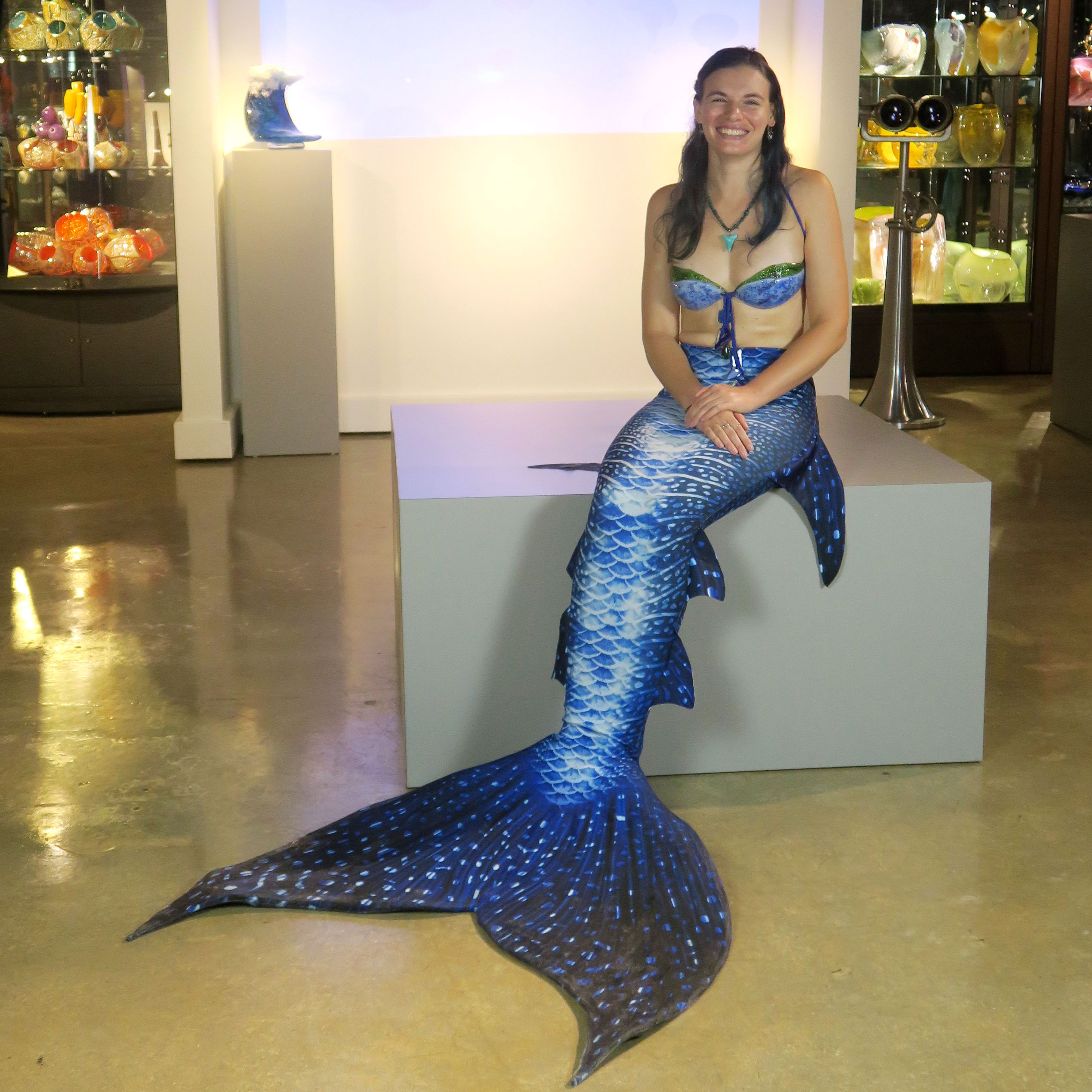
Alex Barth as Rhanu at WMODA

Mermaid by Burne Jones

Merfolk

Mermaids on 1652 map

Doulton Mermaids Centerpiece

Manatee and Mermaid engraving
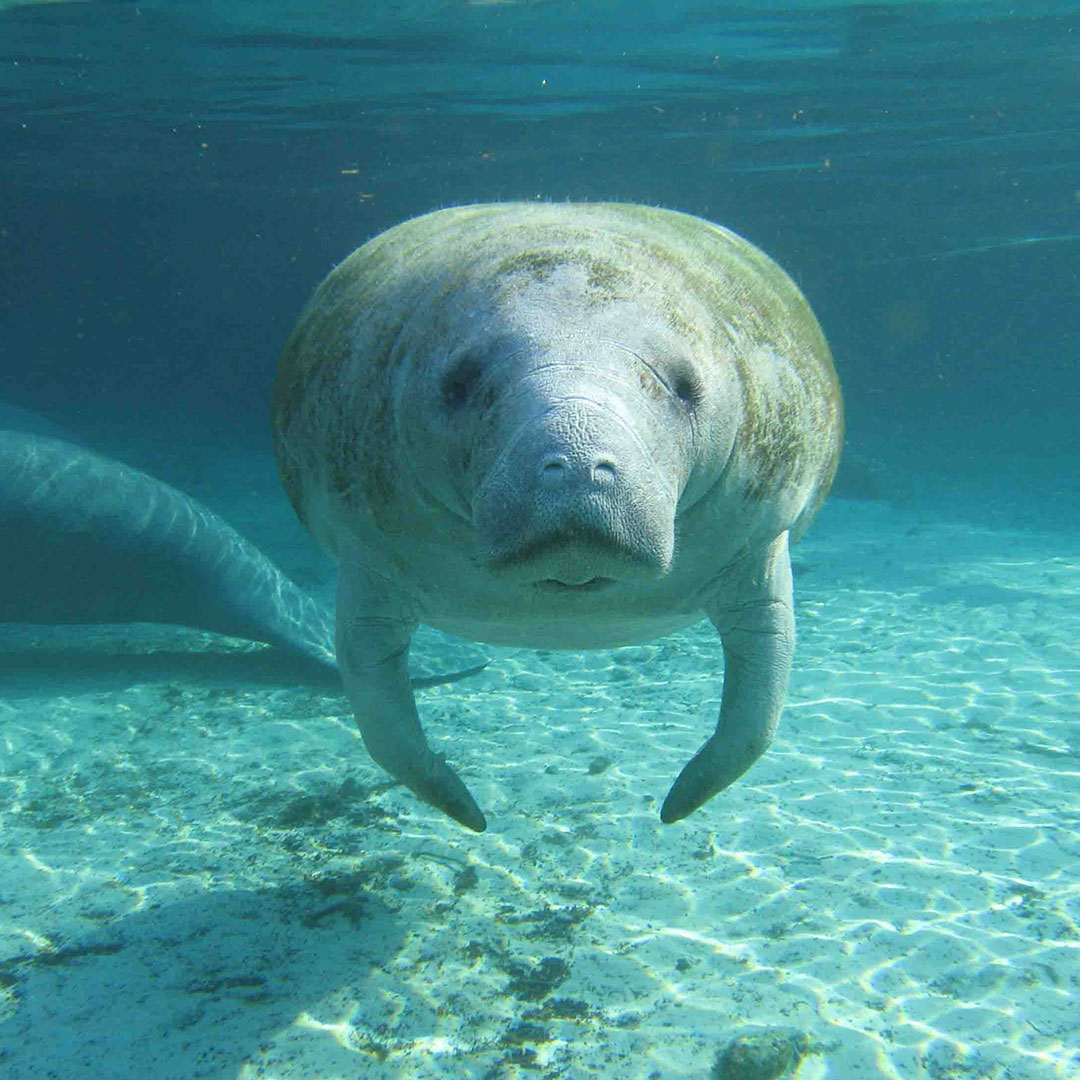
Manatee

Manatees
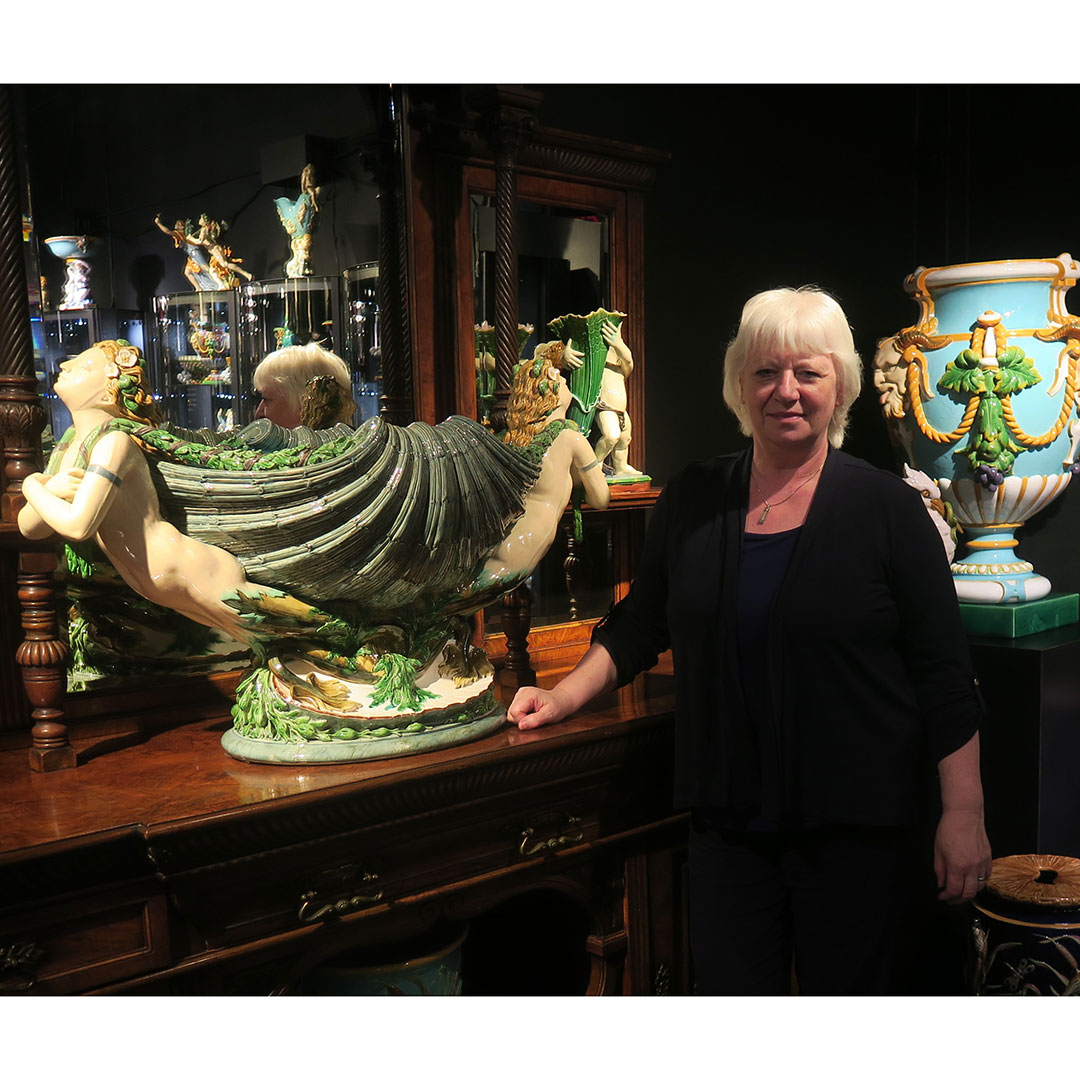
Louise with Minton Majolica Mermaids Jardiniere
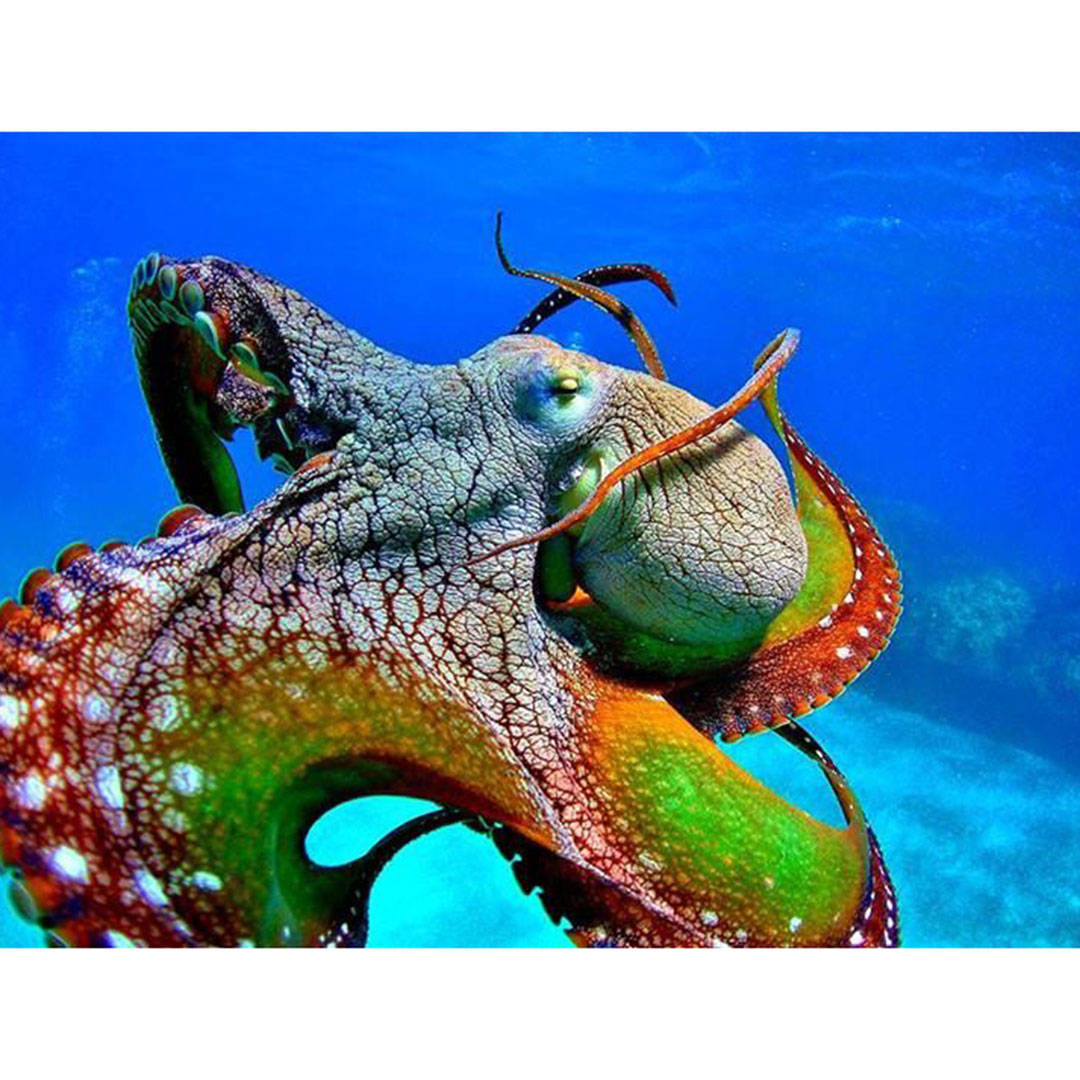
Color changing octopus

Angler Fish

Martin Brothers Spoon Warmer

Doulton Fish by M. V. Marshall

Doulton Puffer Fish by M. V. Marshall

Monster Soup Thames Water 1828 by W. W. Heath

Puffer Fish

Mermaids on 1652 map
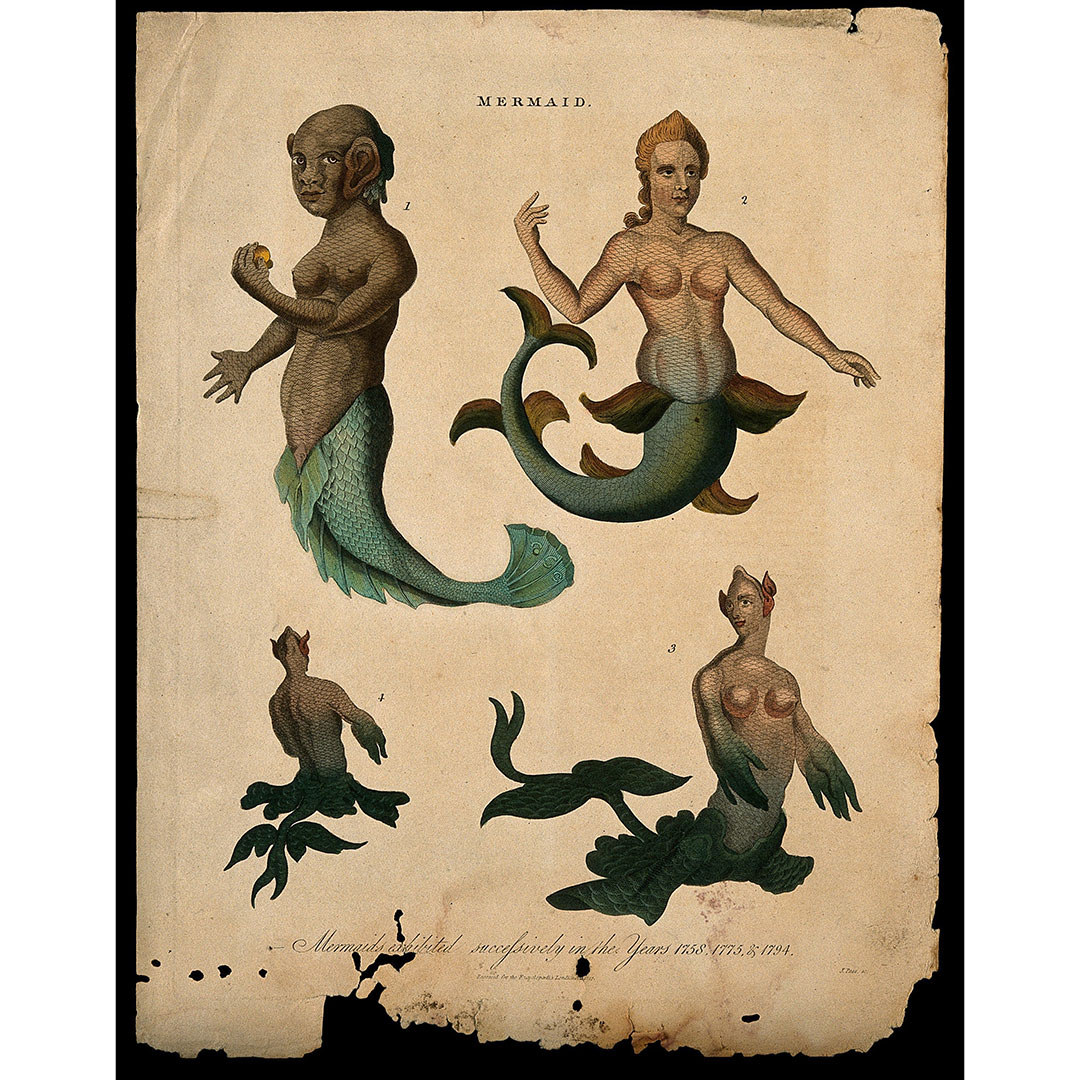
Mermaid
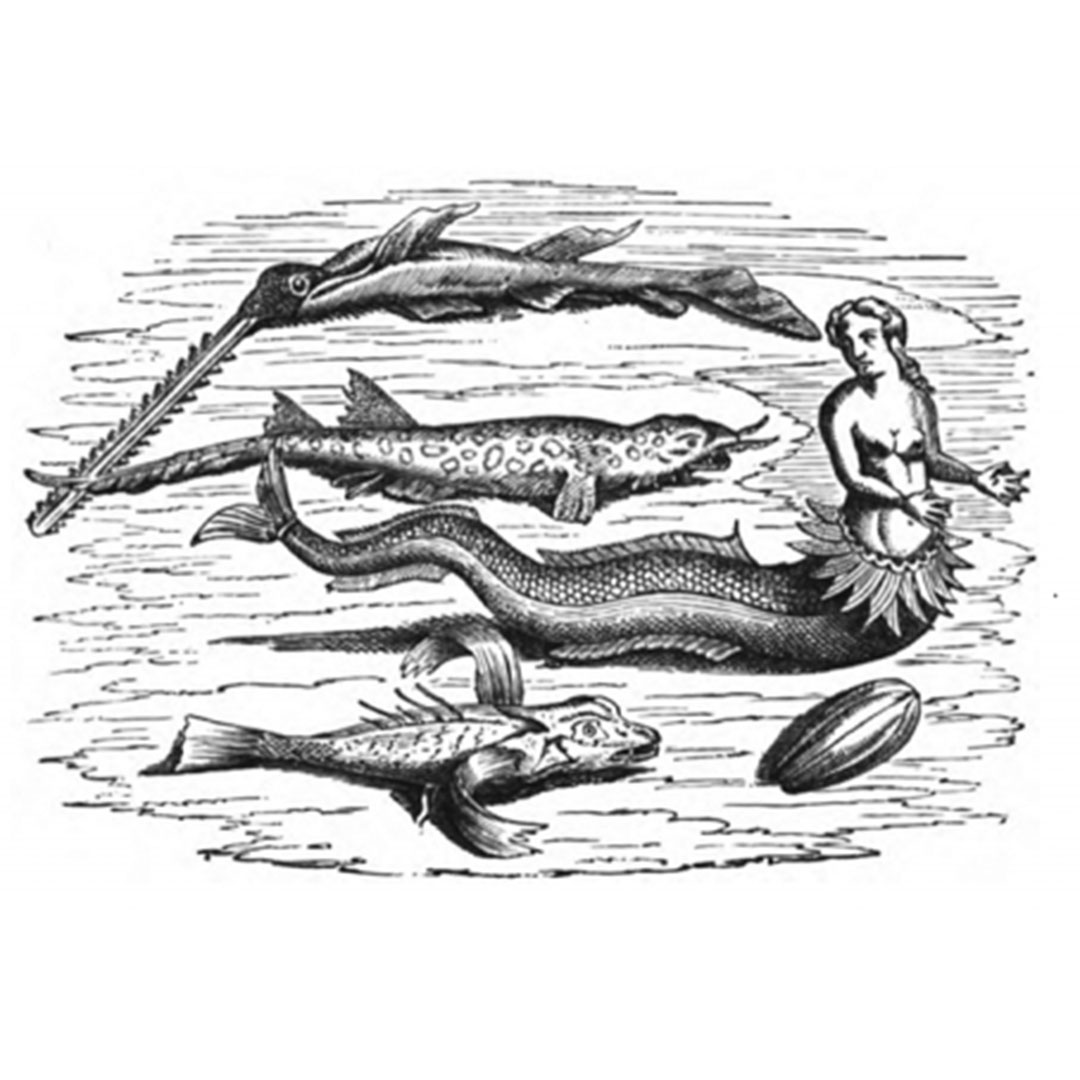
Sea Monsters Unmasked by H. Lee

Seal & Mermaid by T. W. Wood
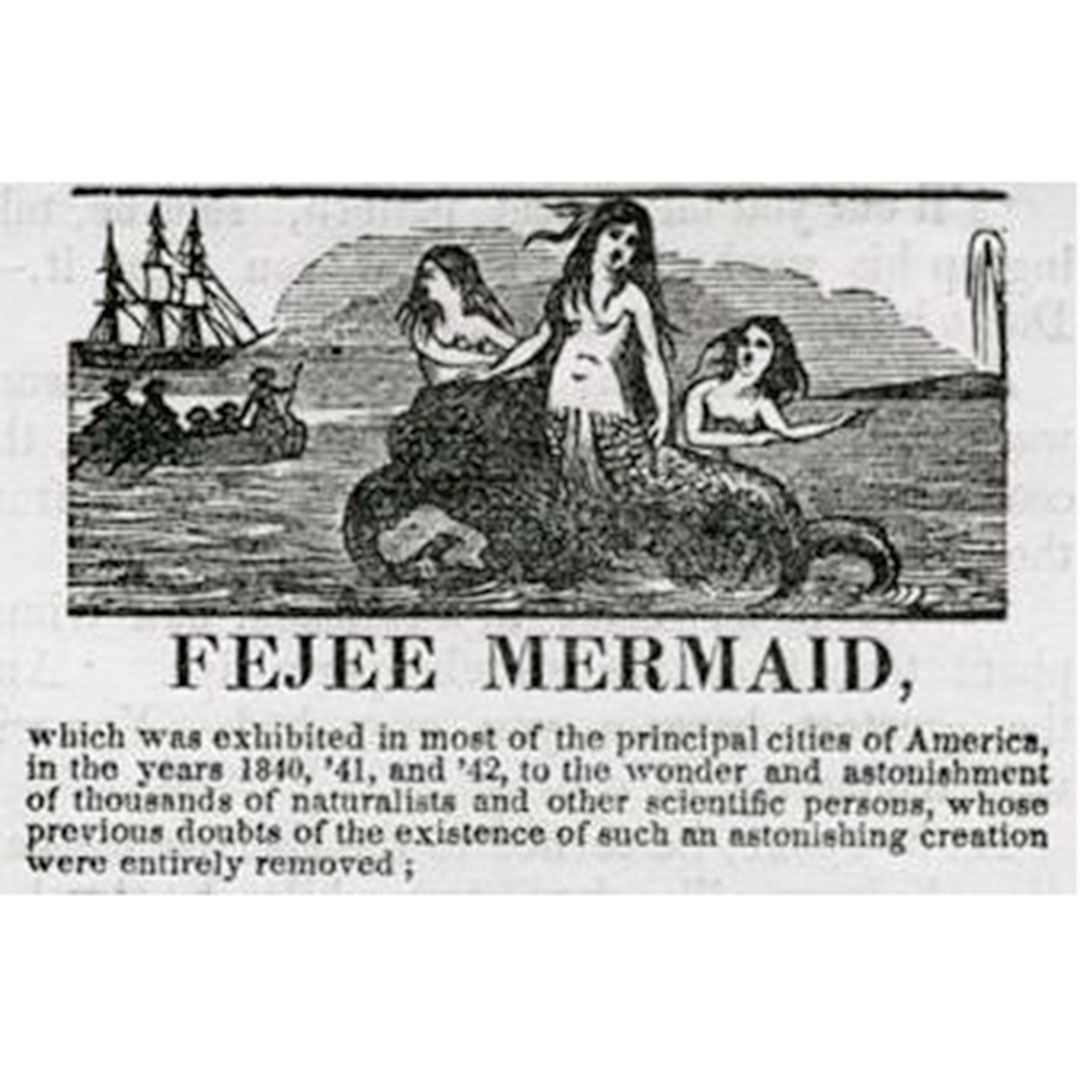
Feejee Mermaid advertisement

P. T. Barnum

Feejee Mermaid by G. Cruikshank

Feejee Mermaid

Man with the Feejee Mermaid

Feejee Mermaid

Minton Mermaids

Scallop Shell

Minton Merman

Triton Conch
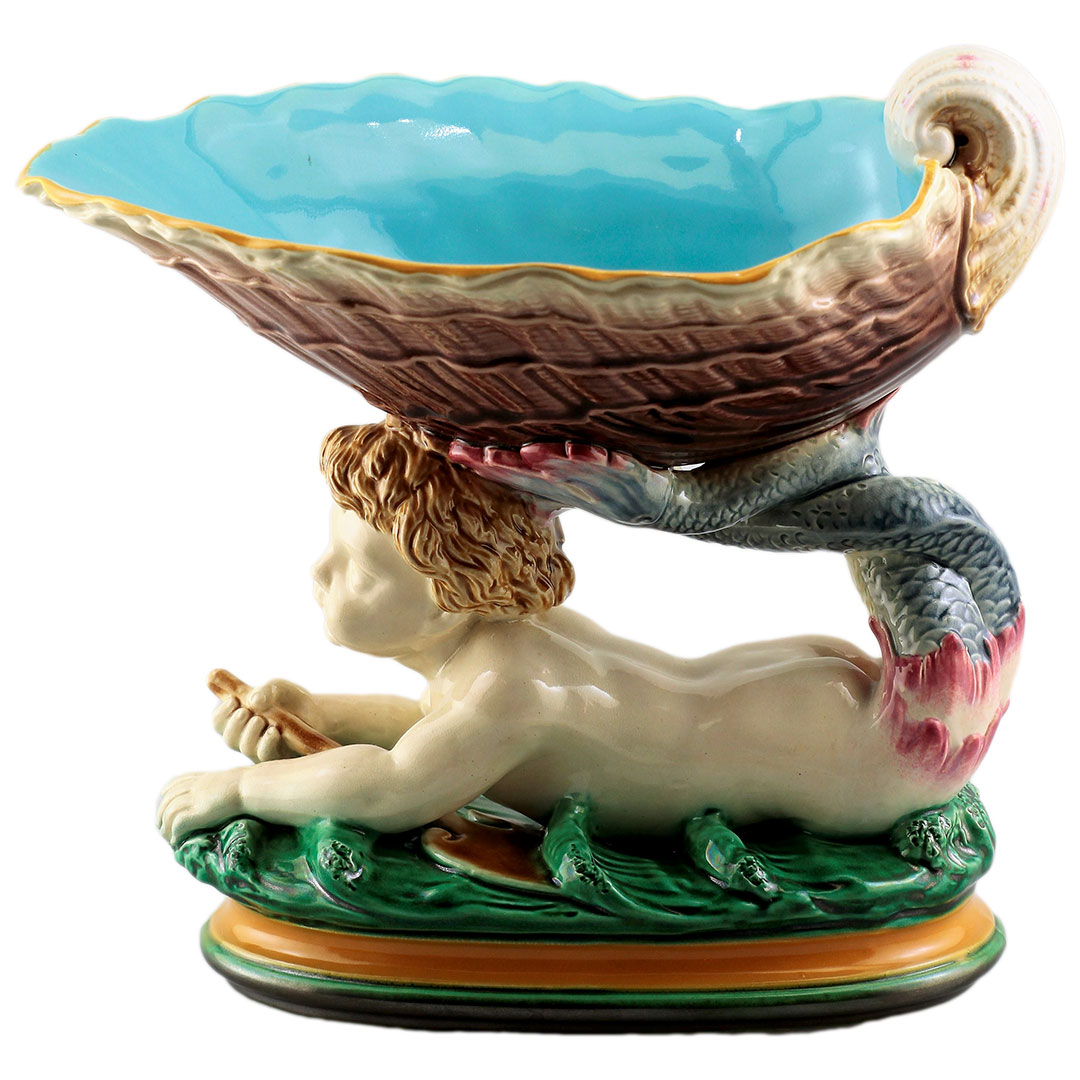
Minton Majolica Merboy

Schiller Majolica Centerpiece

Minton Putti on a Hippocamp
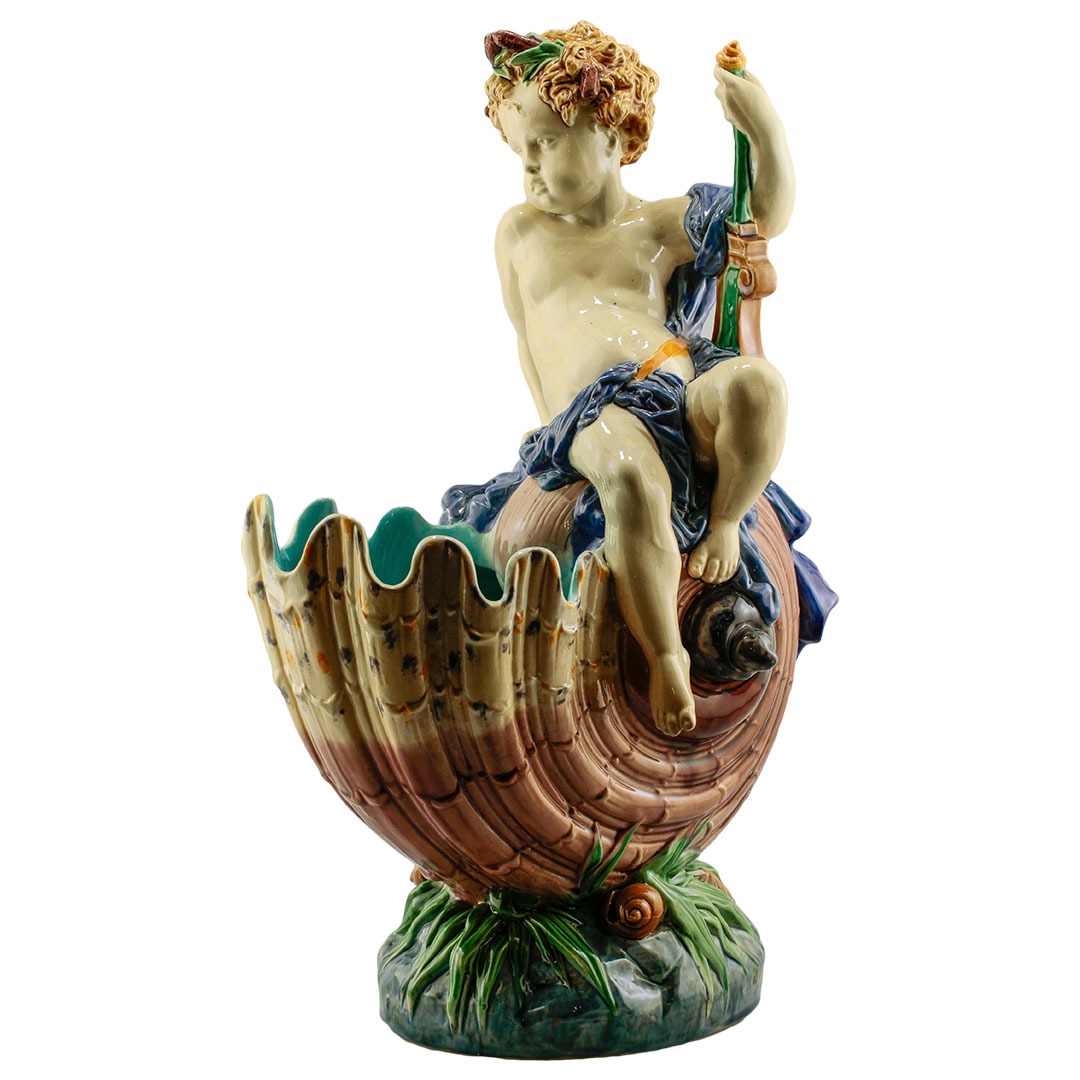
Minton Majolica Putto with Shell
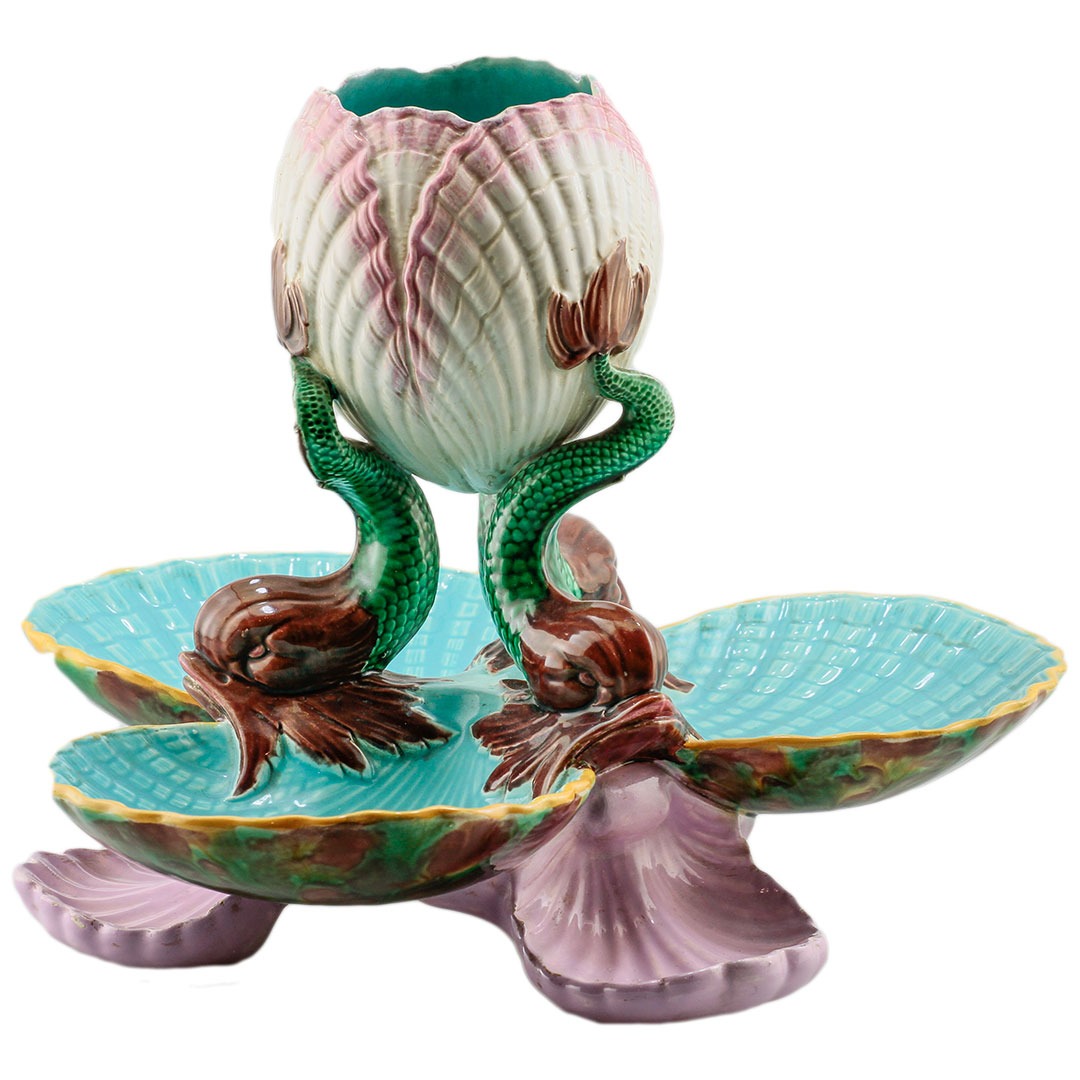
George Jones Shell Tray
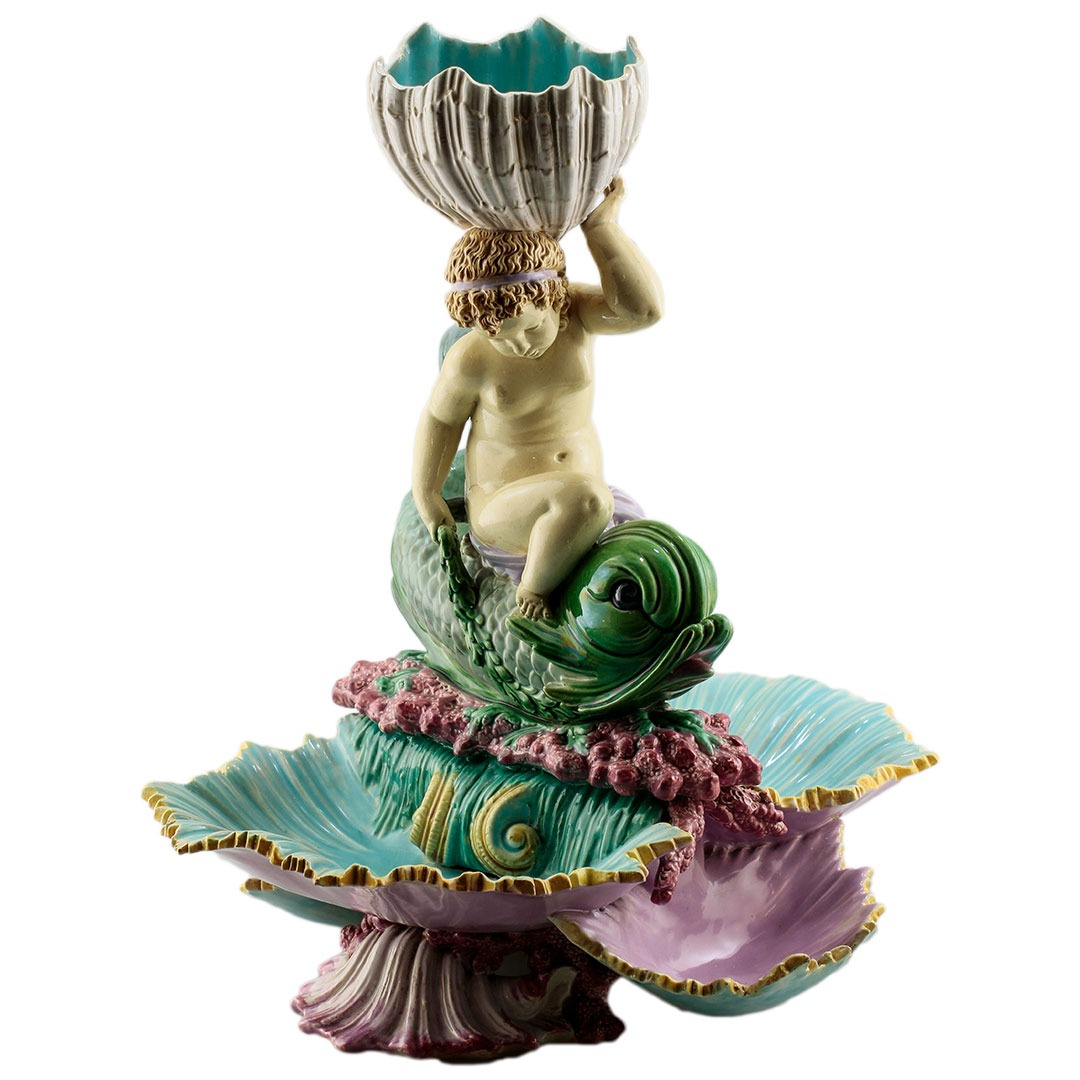
George Jones Cupid on Dolphin

Wedgwood Majolica Young Merman
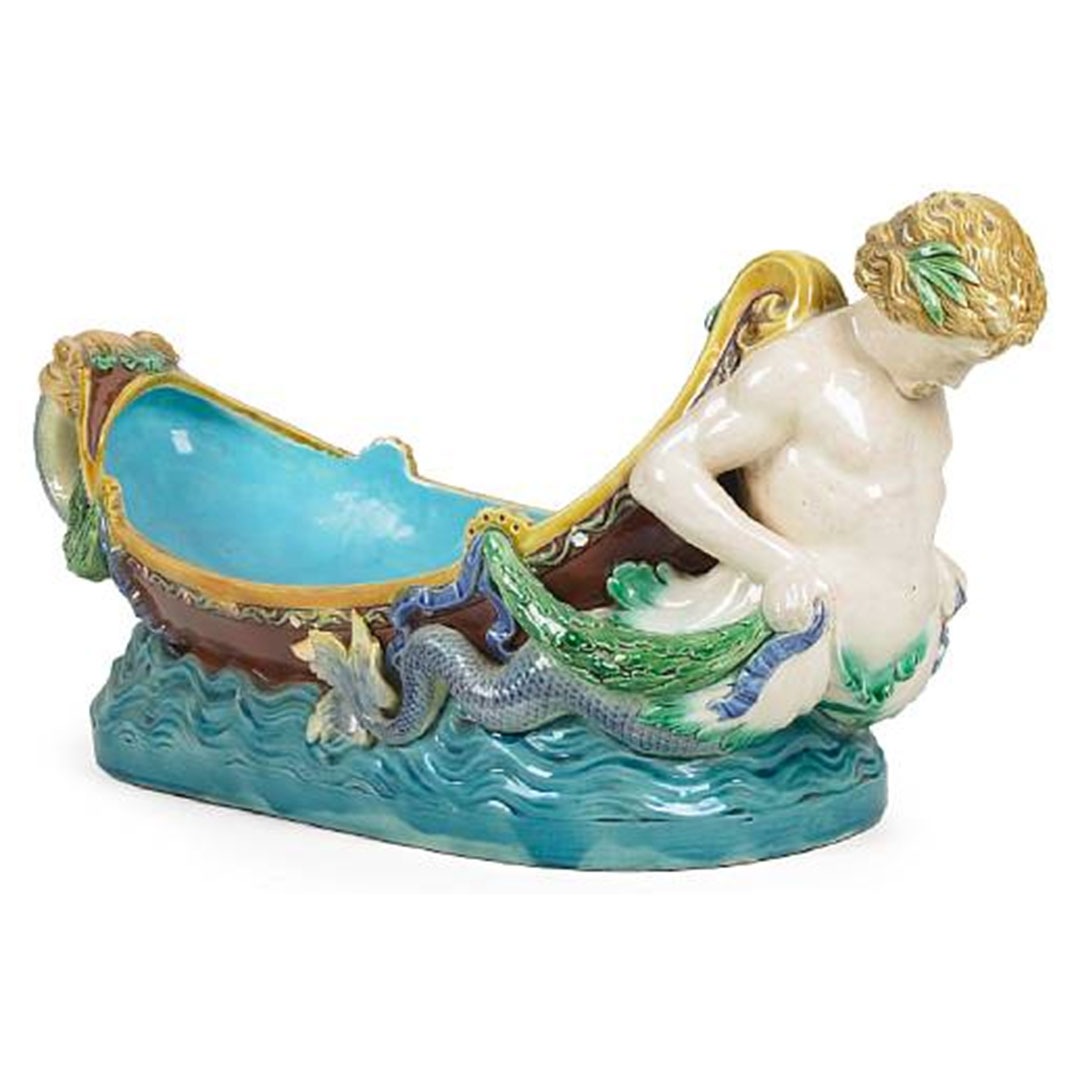
Minton Majolica Boat Centerpiece
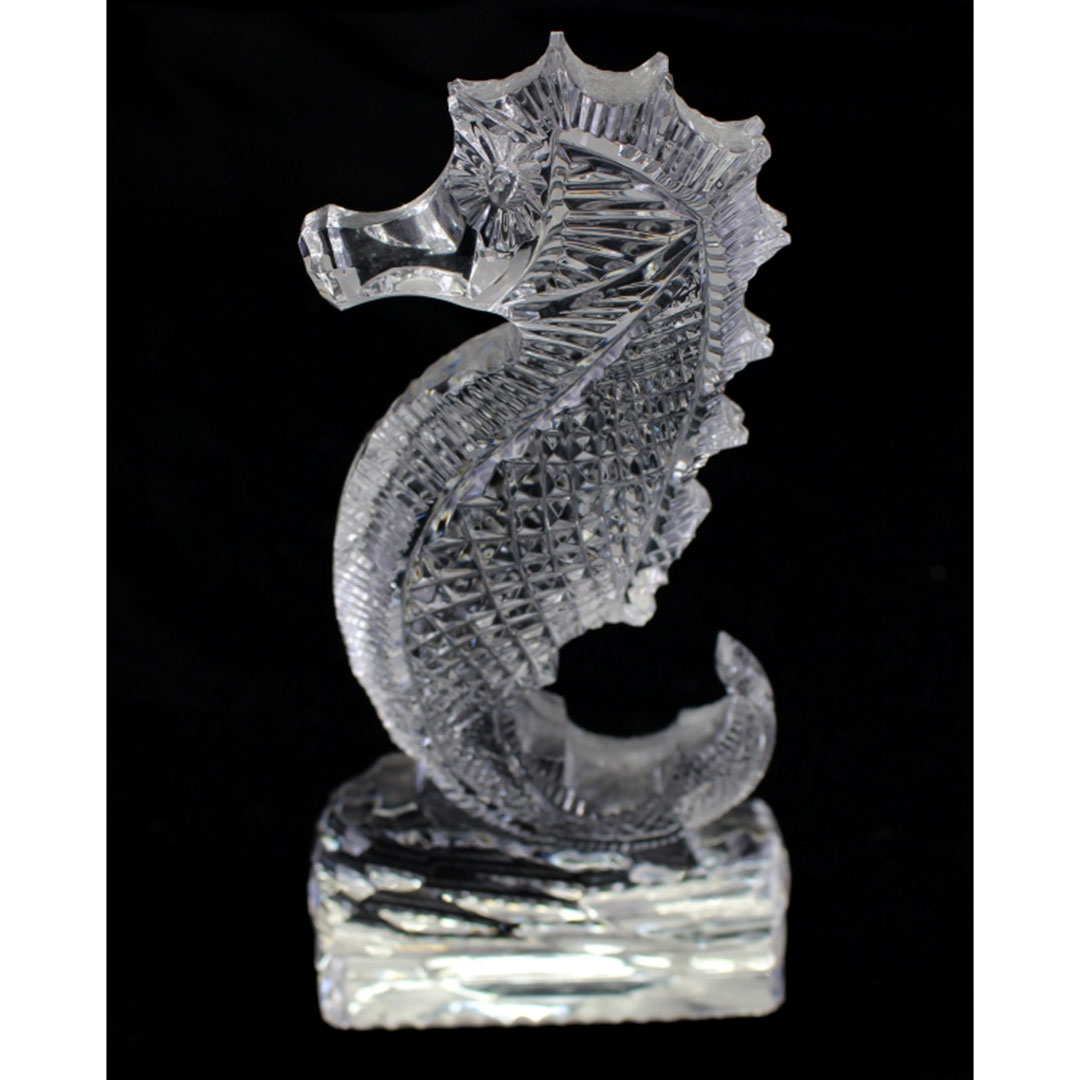
Waterford Seahorse
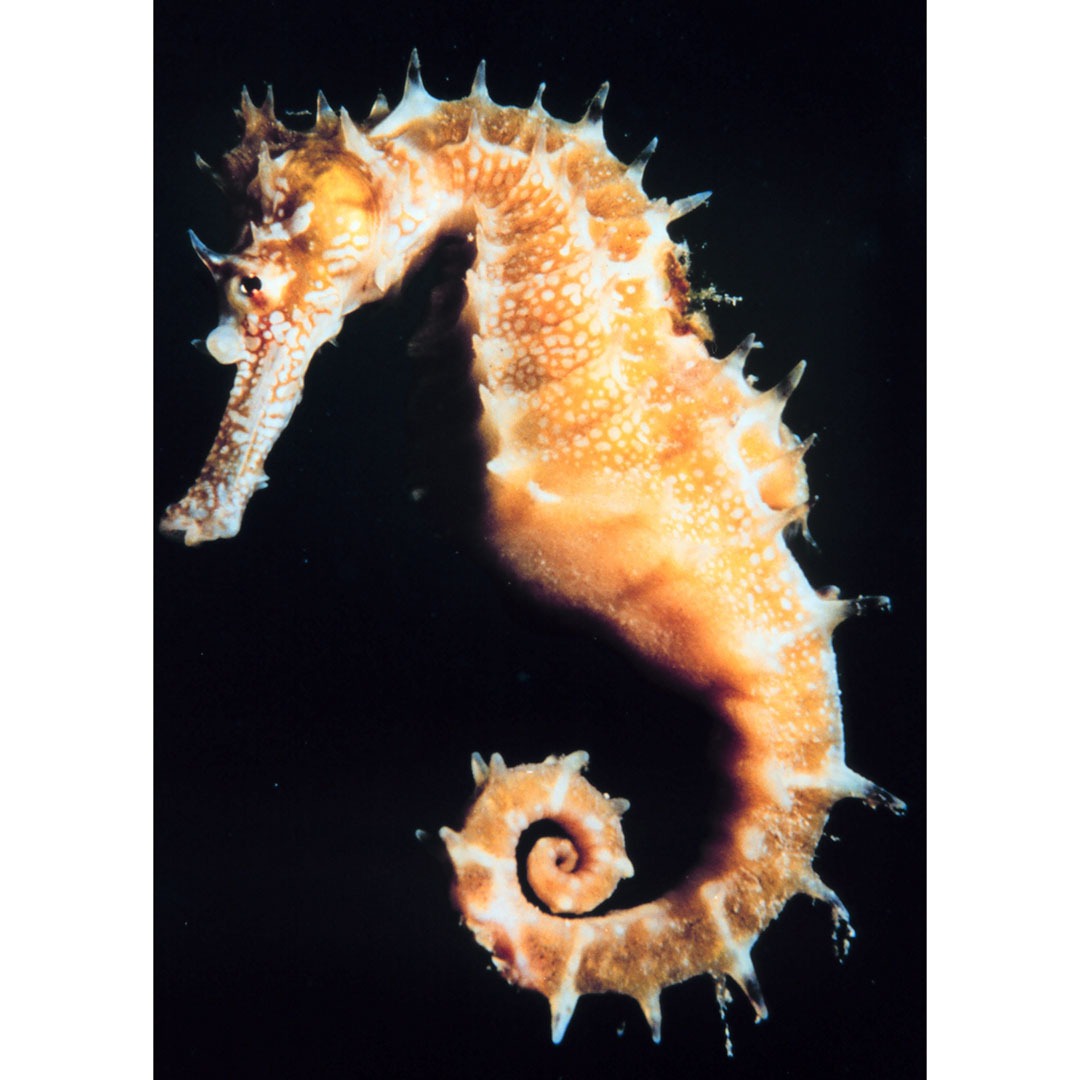
Seahorse
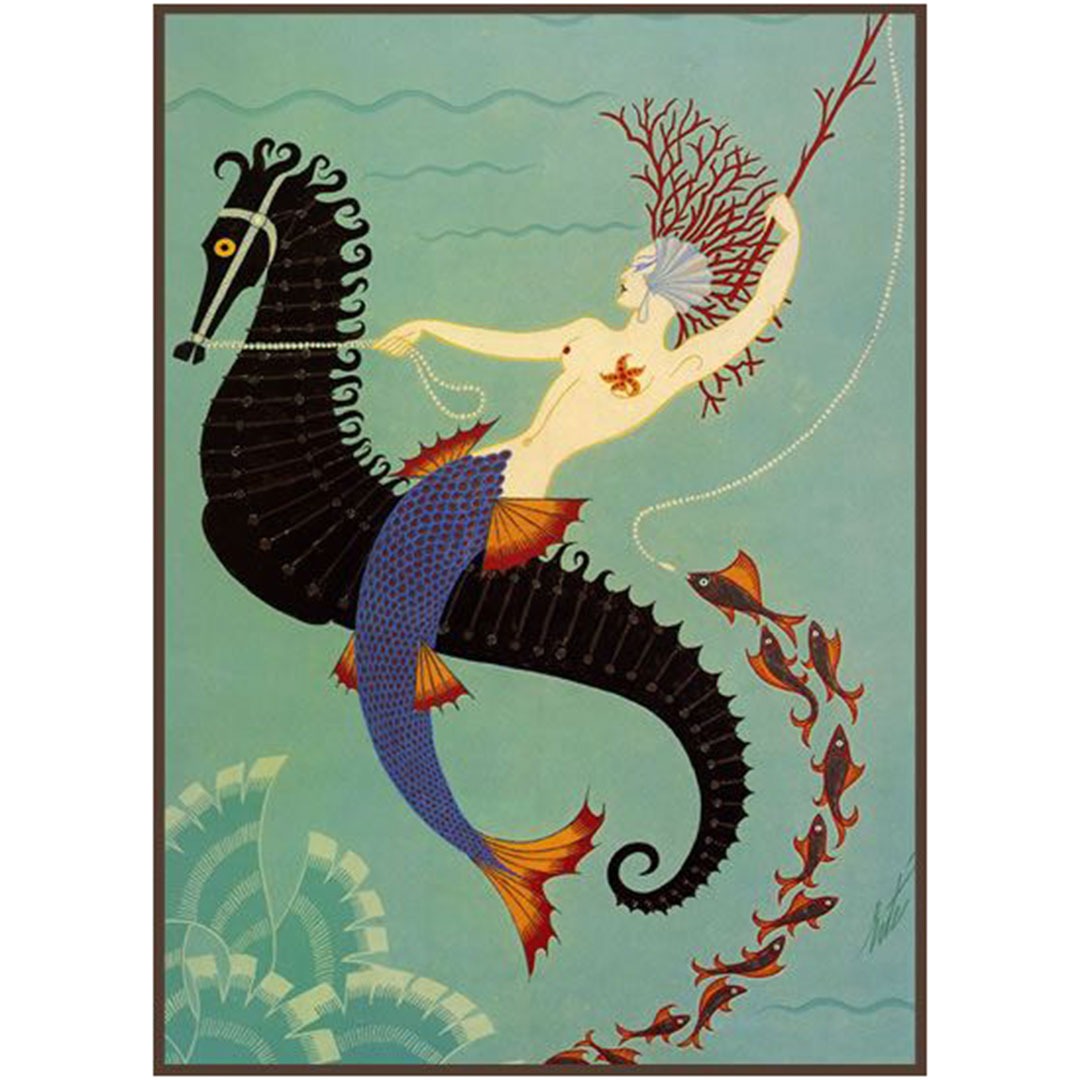
Erte Seahorse

Seahorses
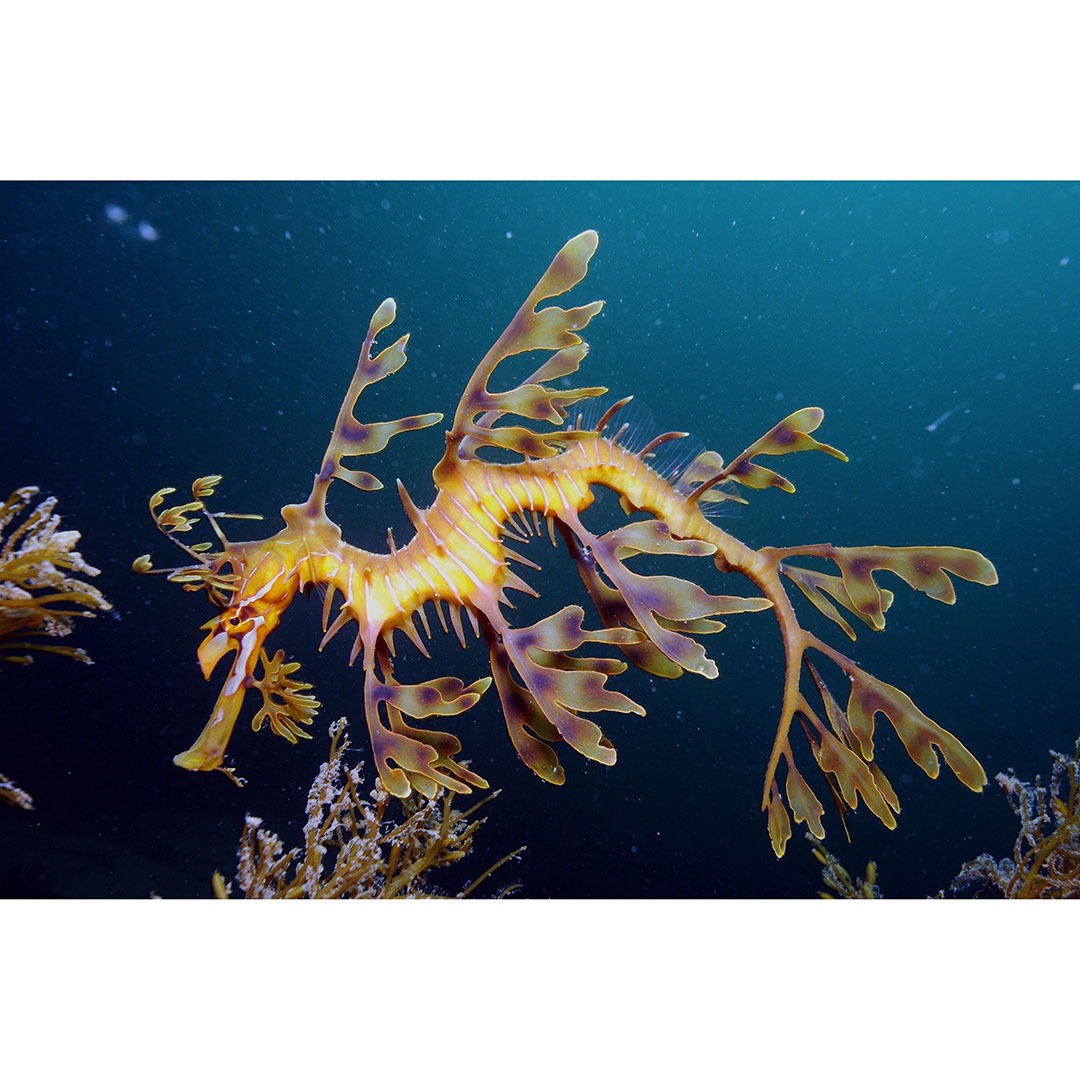
Leafy Seadragon

Ardmore Mermaid Seahorse Rider

Ardmore Squid Rider

Ardmore Shark Rider

Ardmore Fish
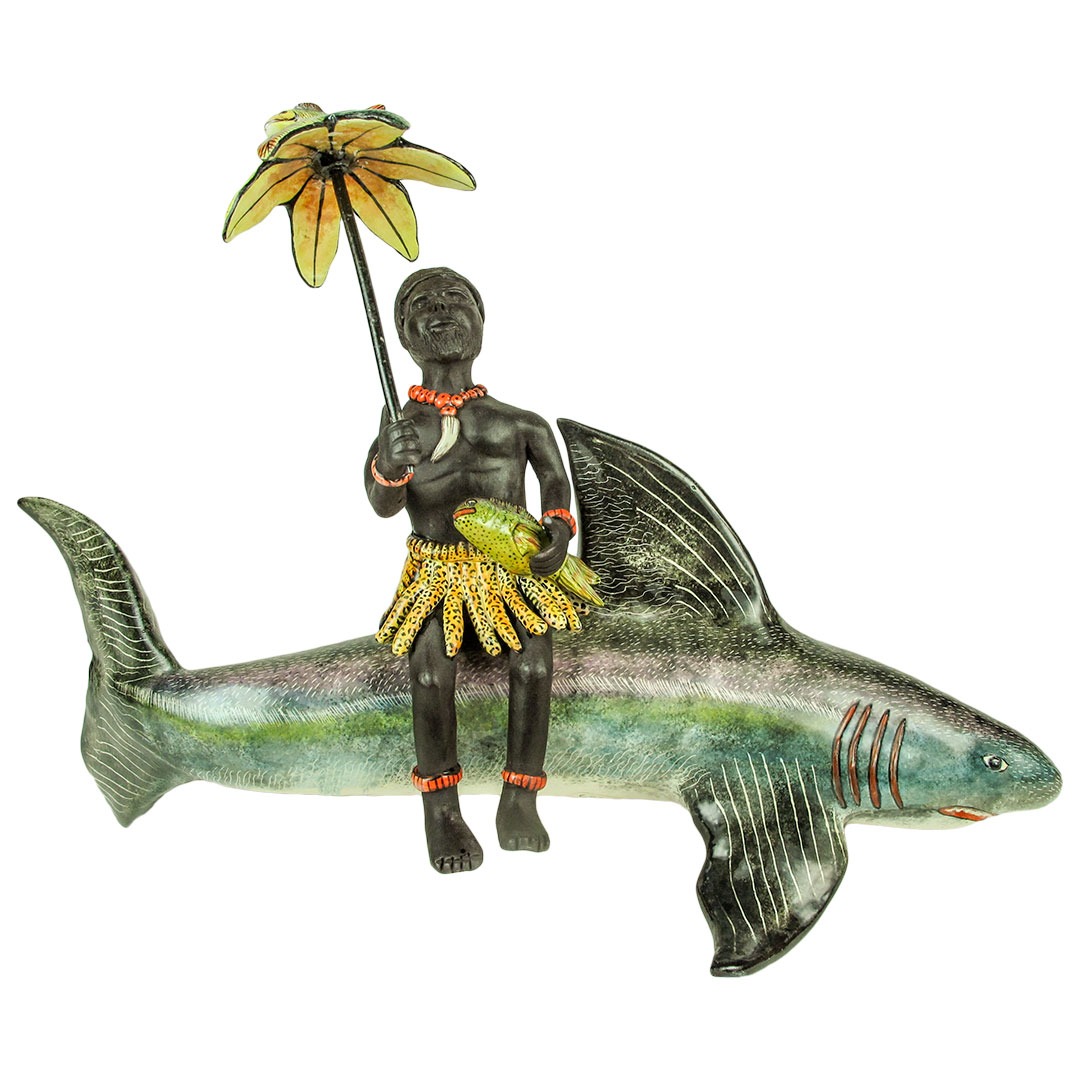
Ardmore Shark Rider

Ardmore Dolphin Rider

Ardmore Whale Rider
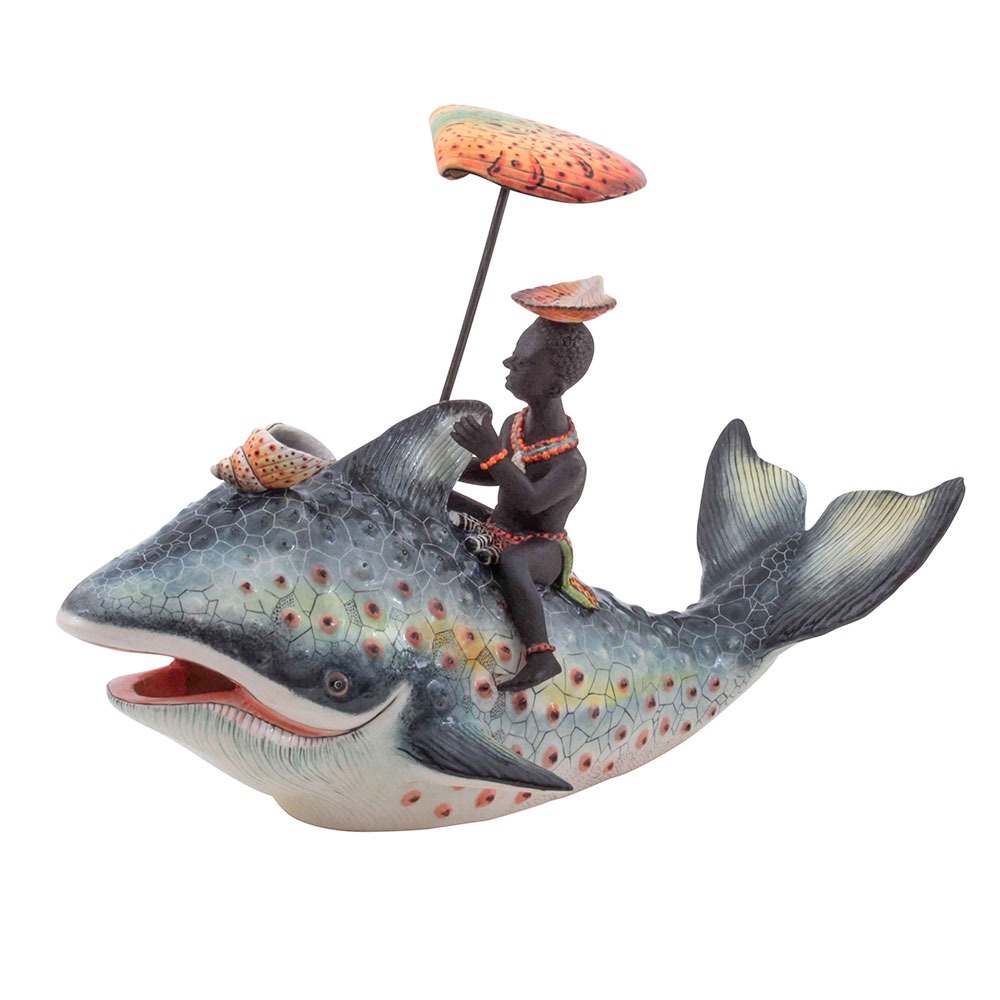
Ardmore Whale Rider
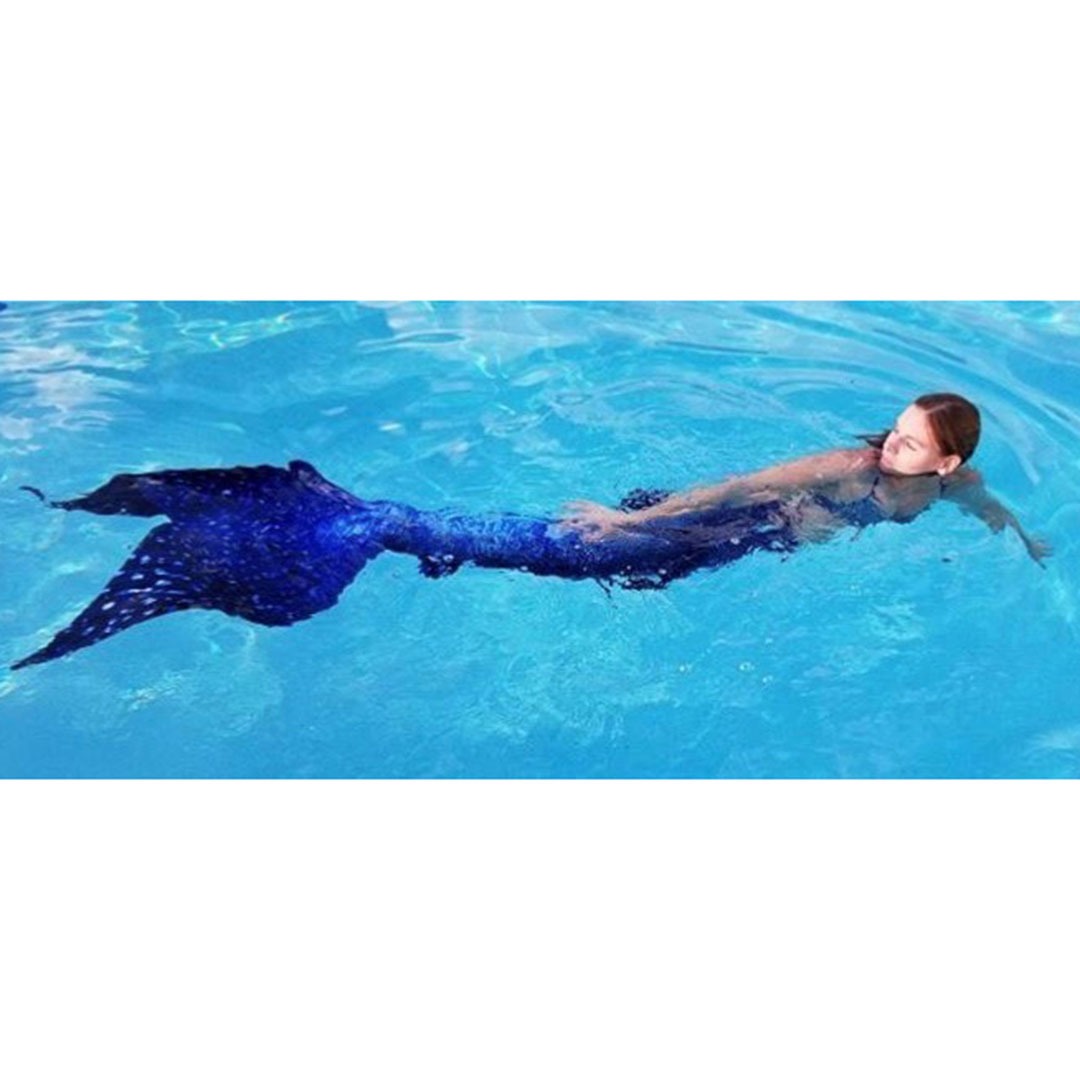
Mershark Rhanu aka Alexandra Barth
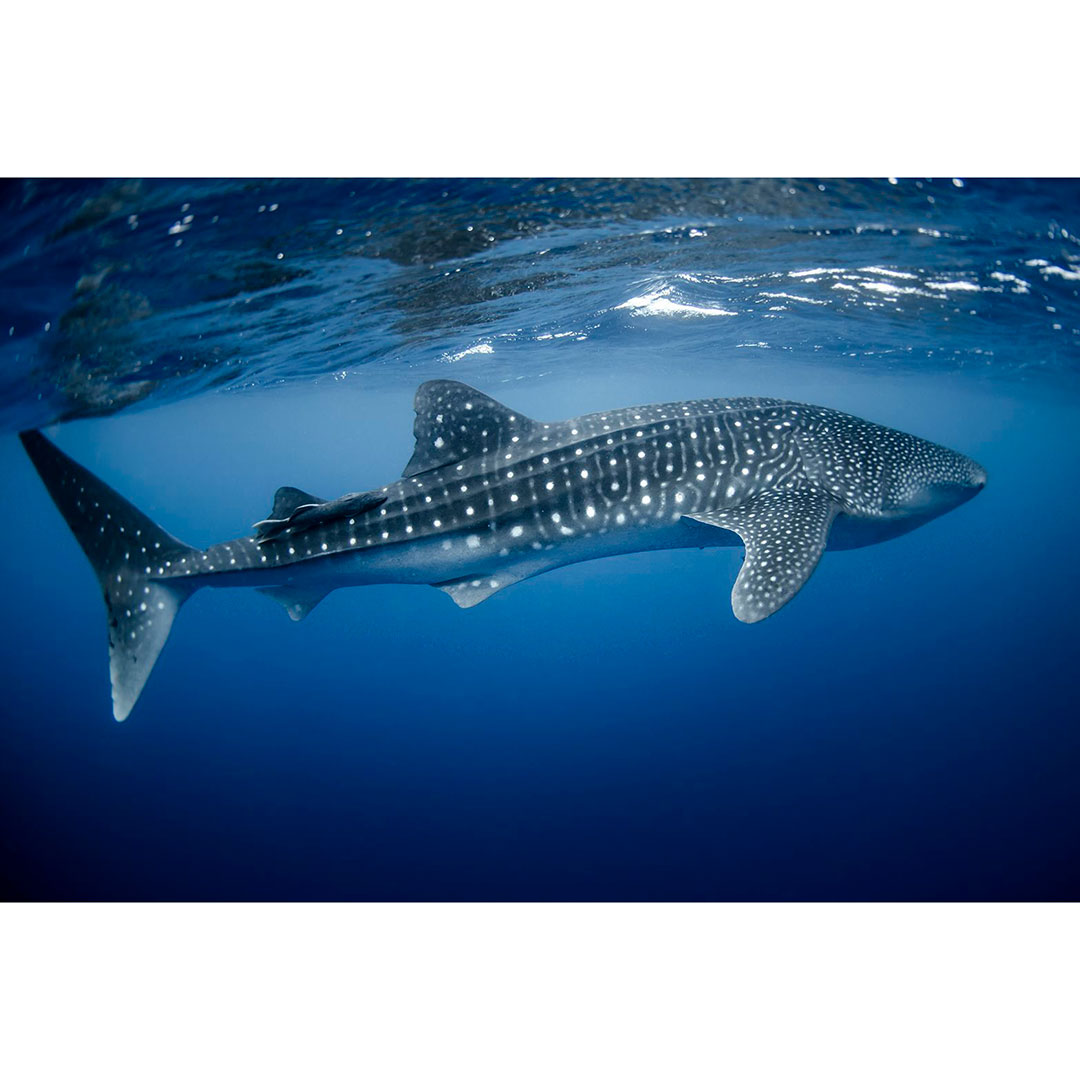
Whale Shark
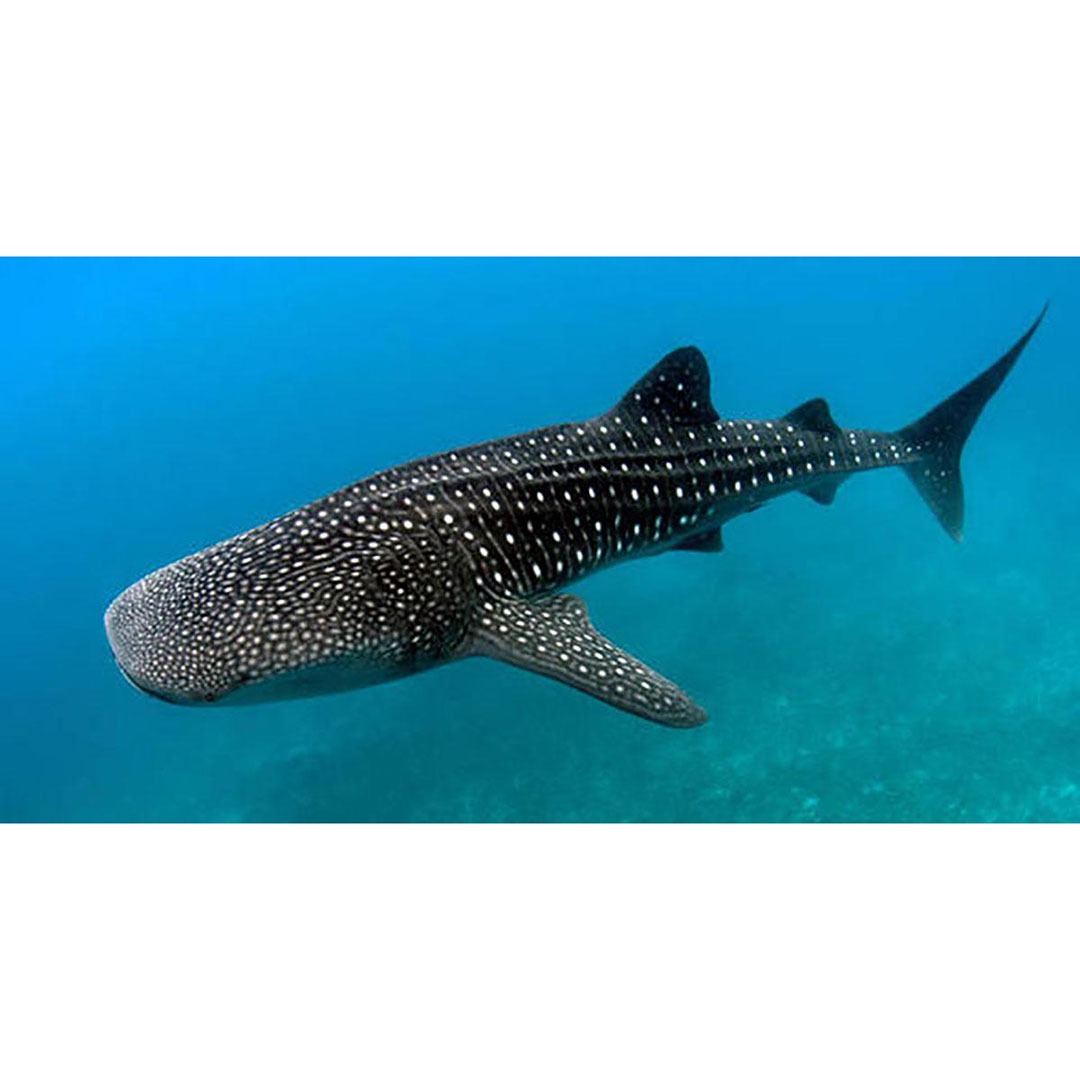
Whale Shark
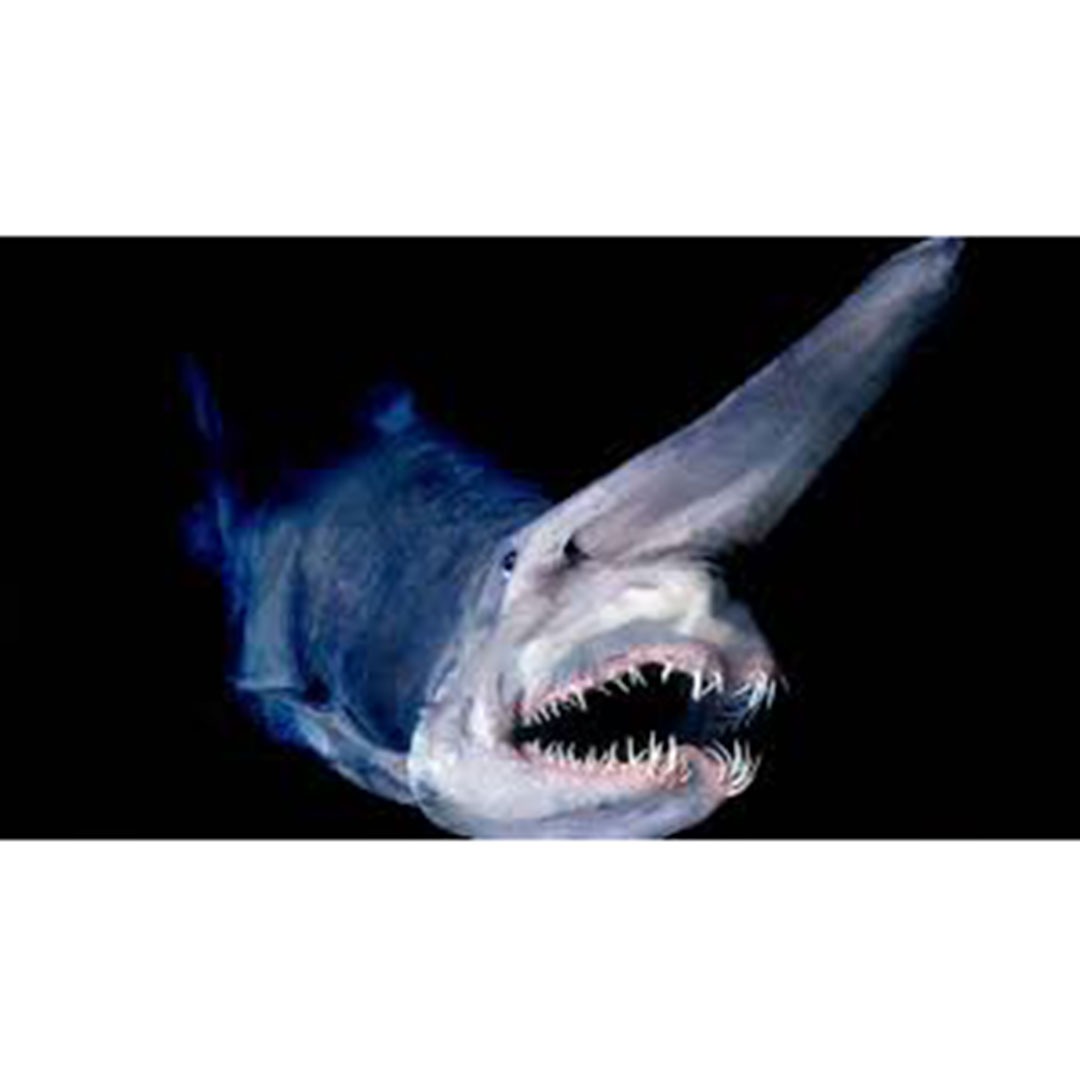
Goblin Shark
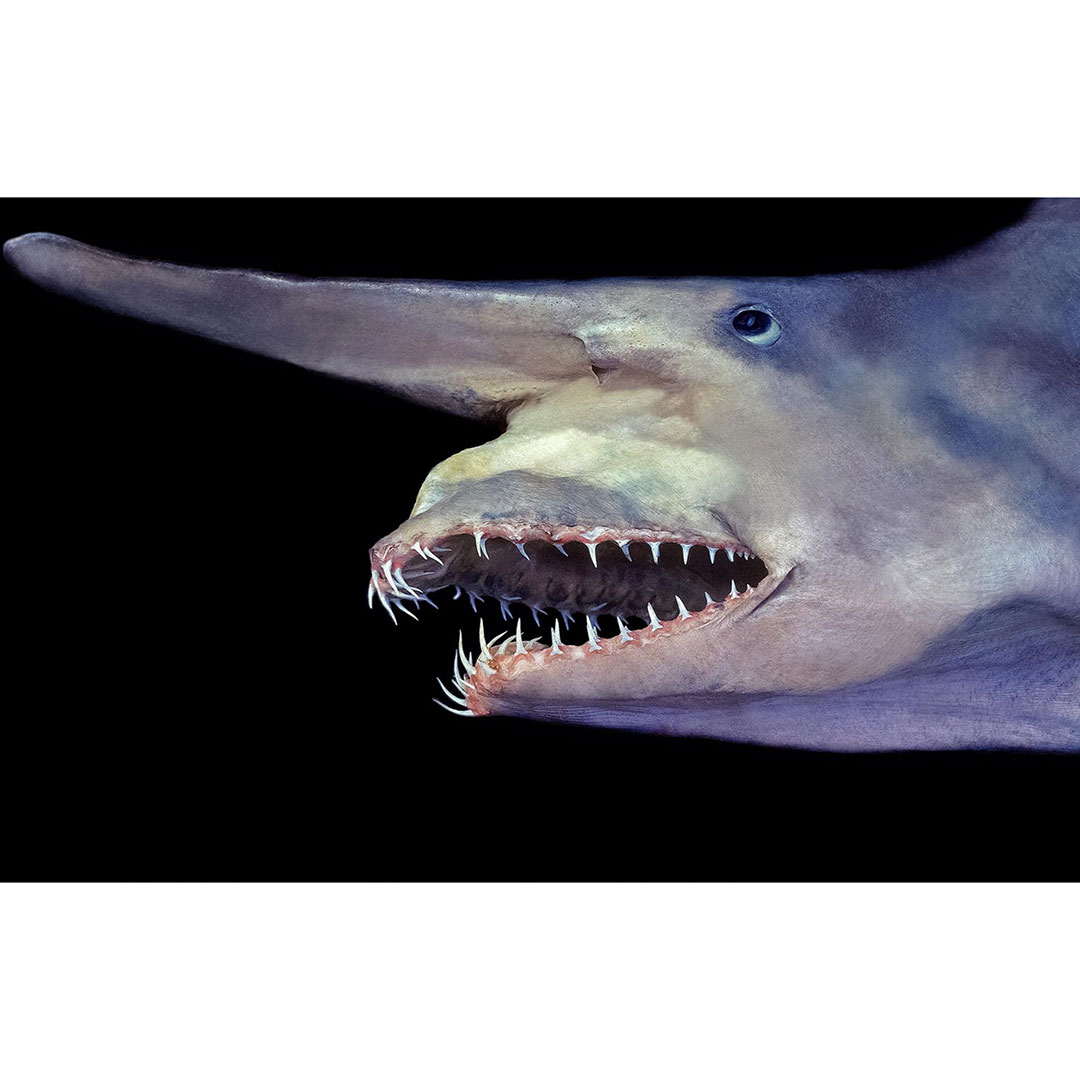
Goblin Shark
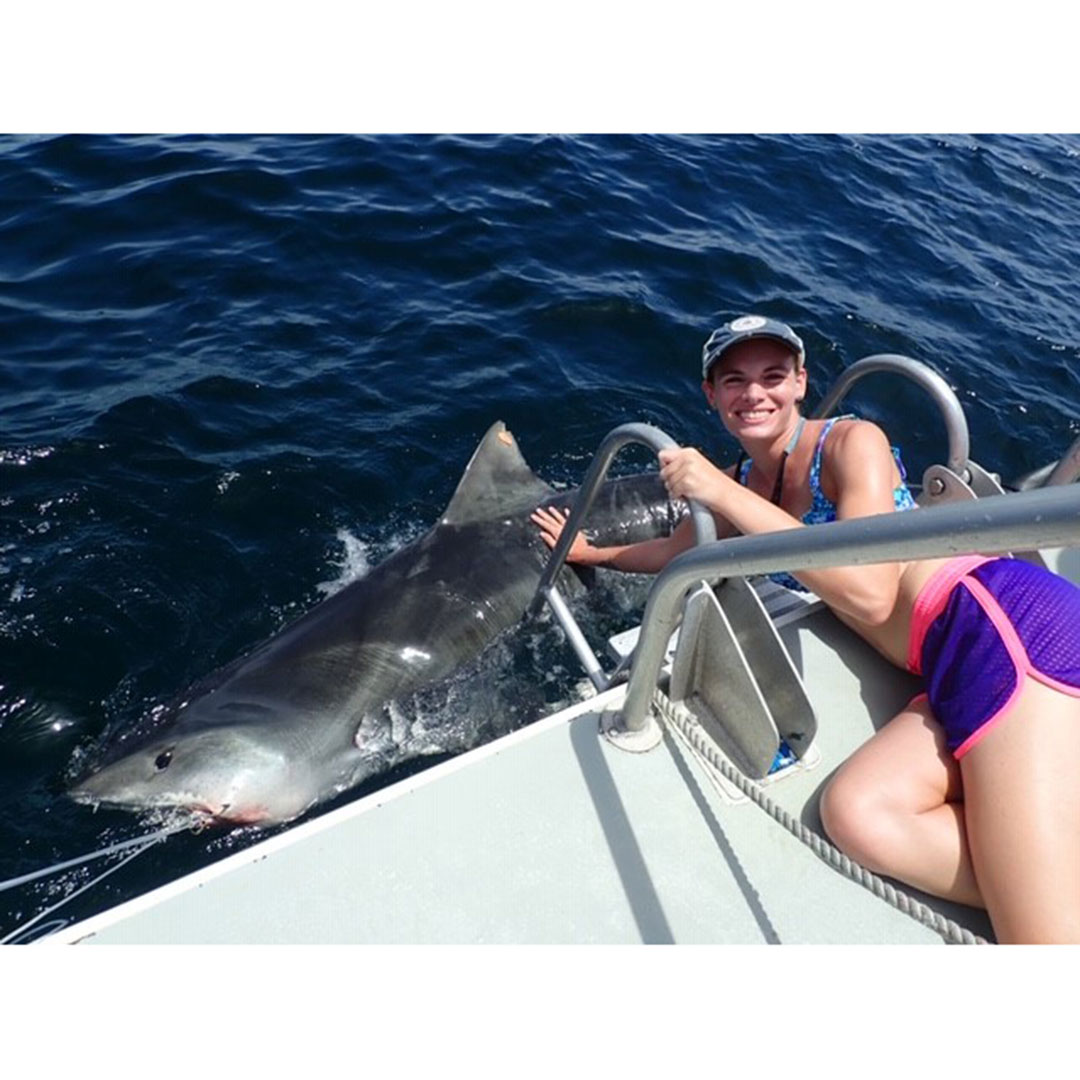
Alex shark tagging

Plaiced on the Sea Bed by R. Cockram

Puffer Fish by R. Cockram
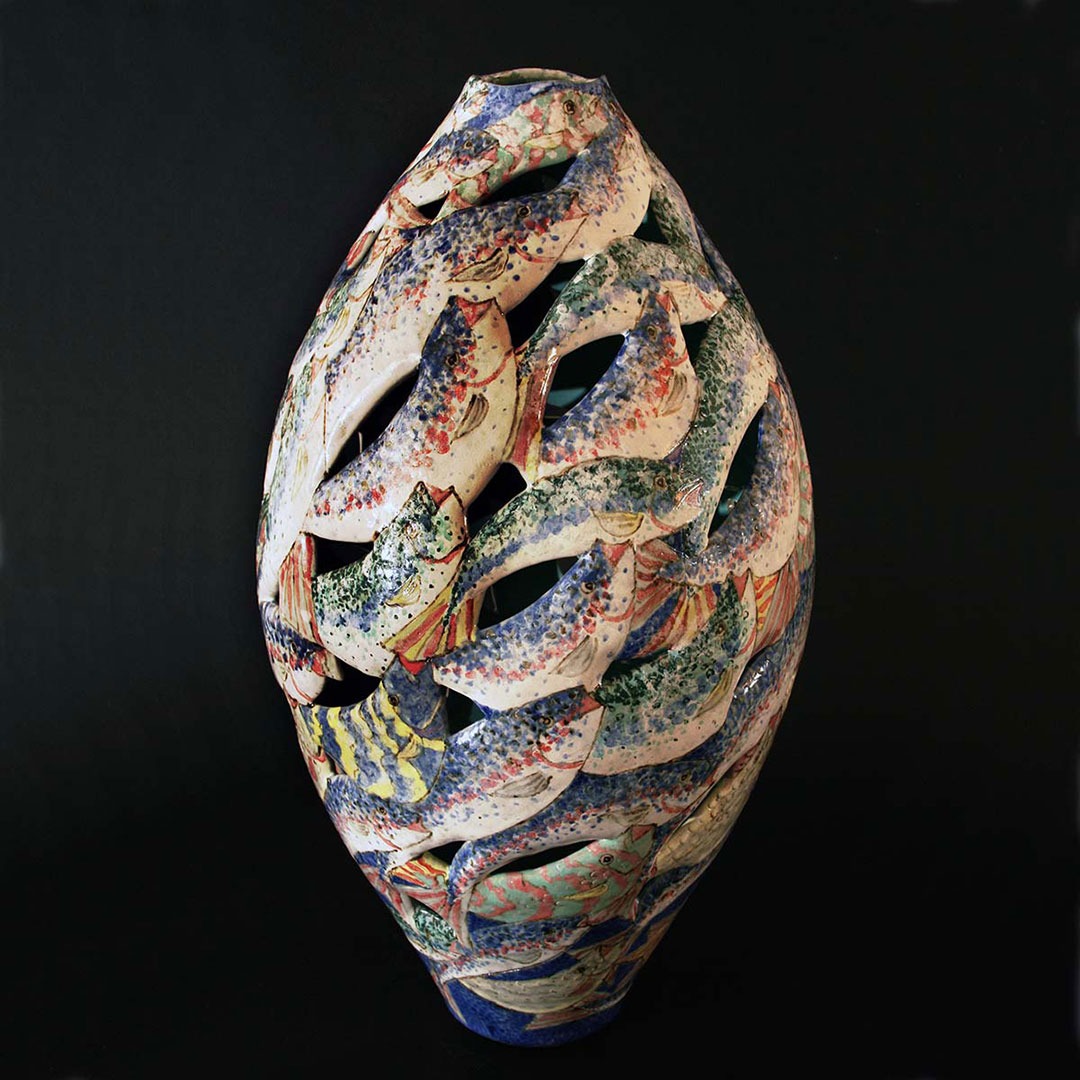
Shoal of Fish by R. Cockram

Shoal by R. Cockram
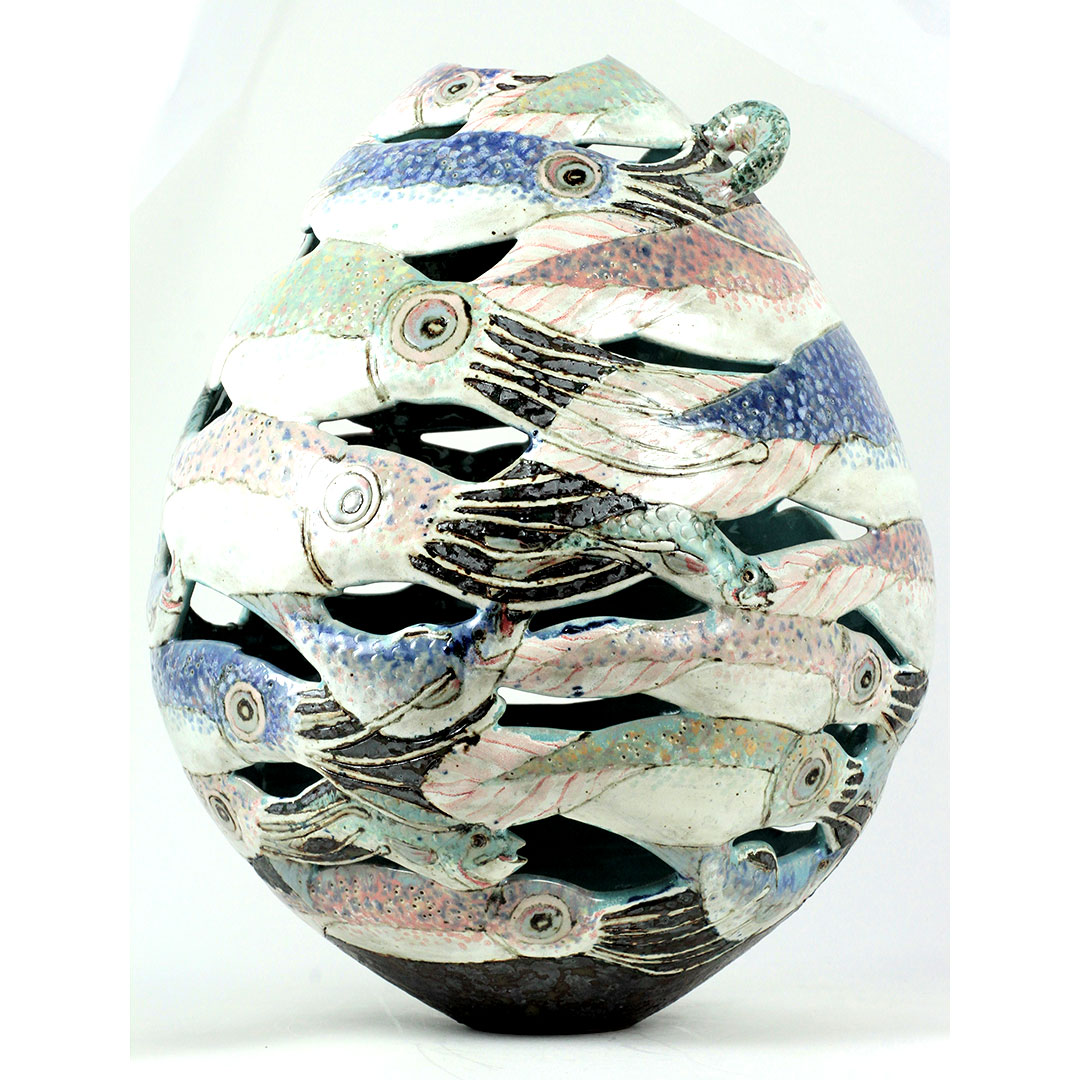
Shoal of Squid by R. Cockram

Roger Cockram display at WMODA

Roger Cockram at work

Yellow Seaform by D. Chihuly

Mermaids by C. Rousso

Conch by R, Stern
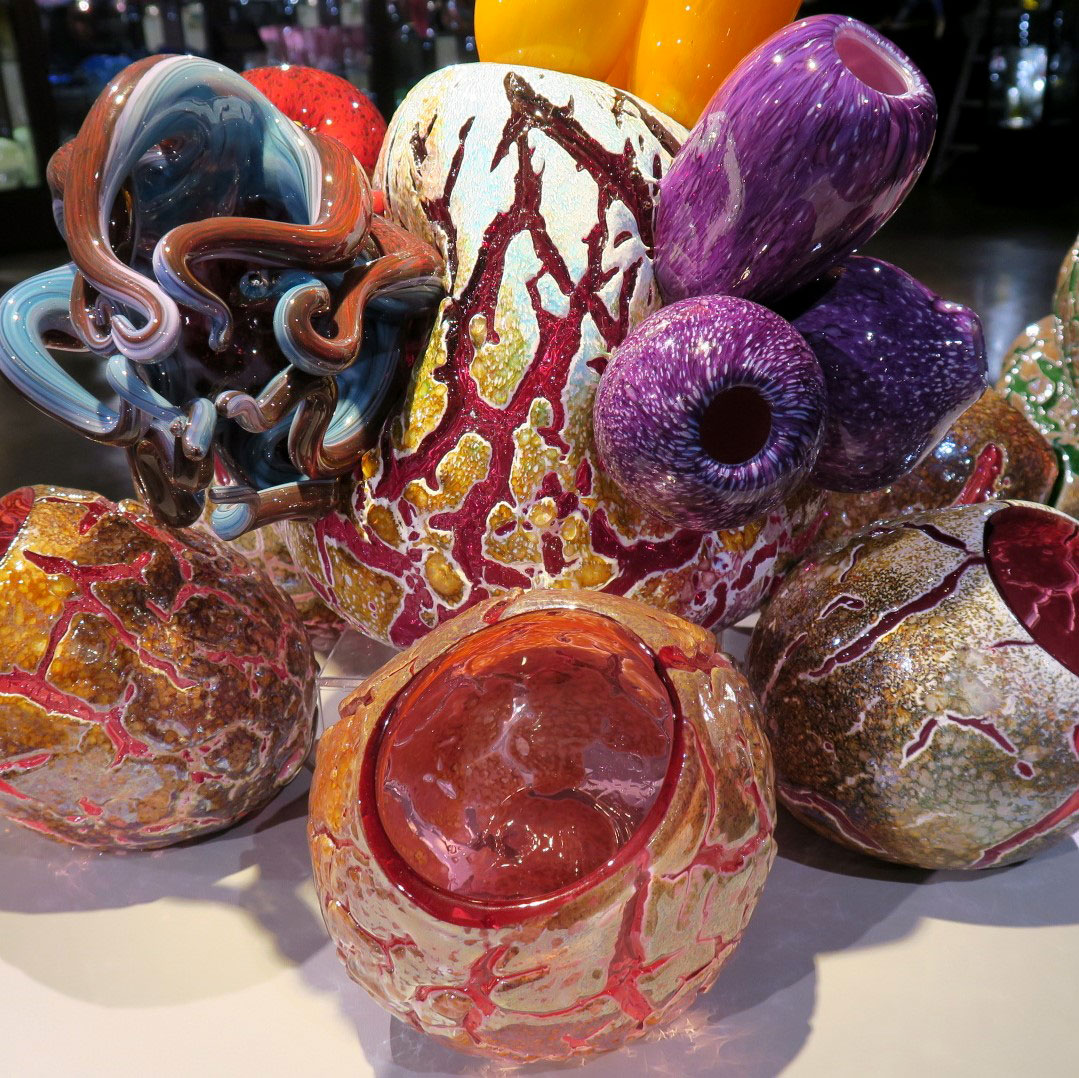
Coral Cavern by J. Fradis
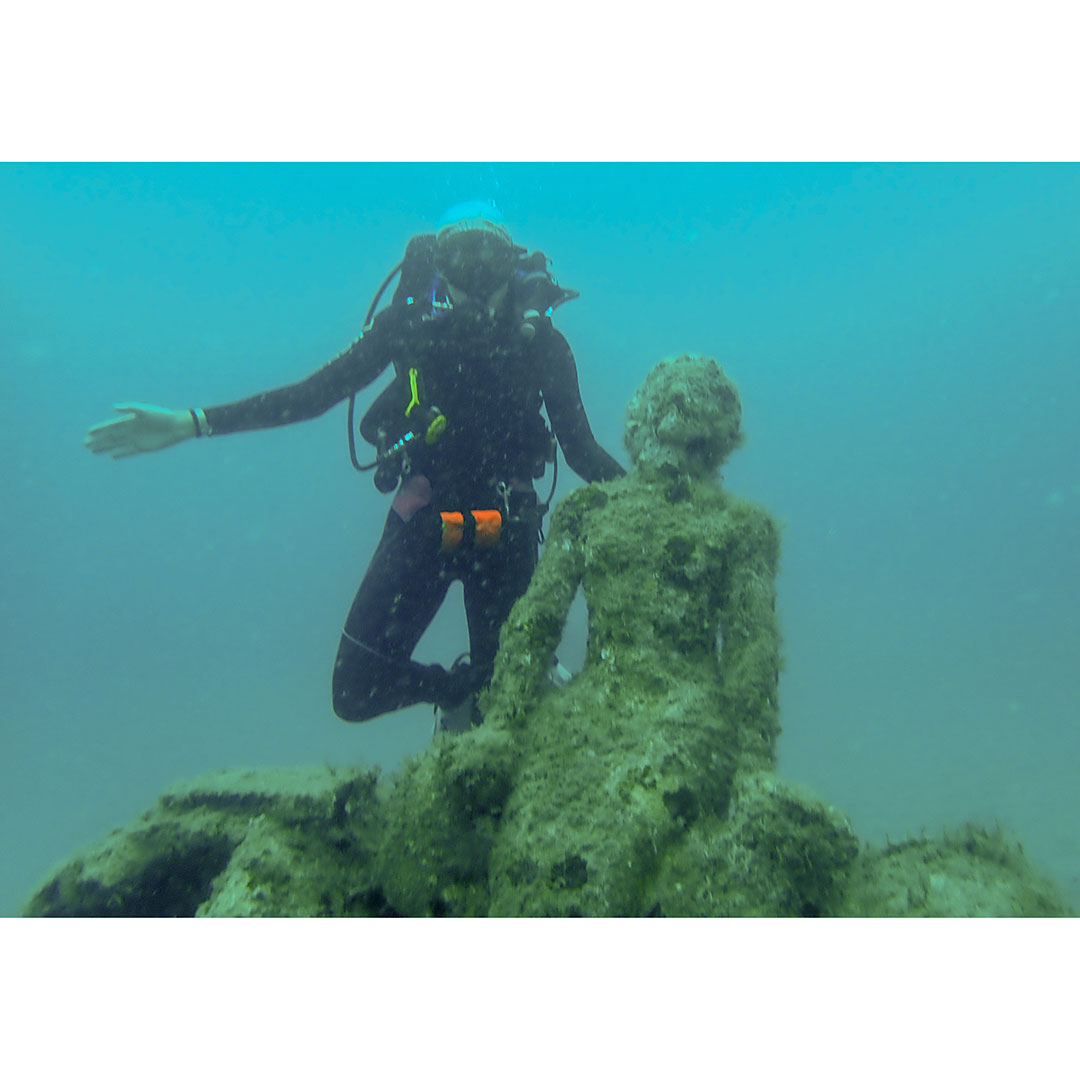
1000 Mermaids Project
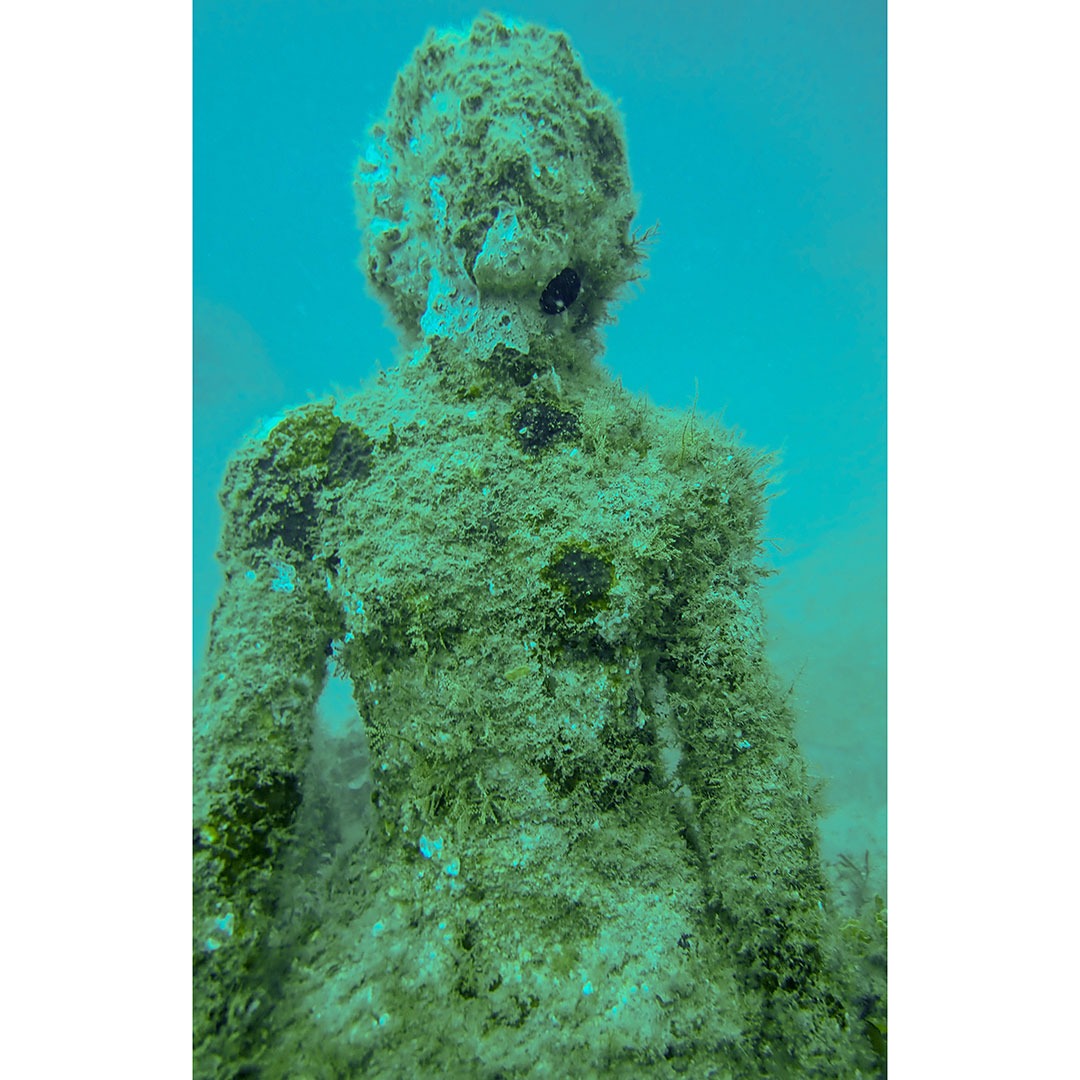
1000 Mermaids Project
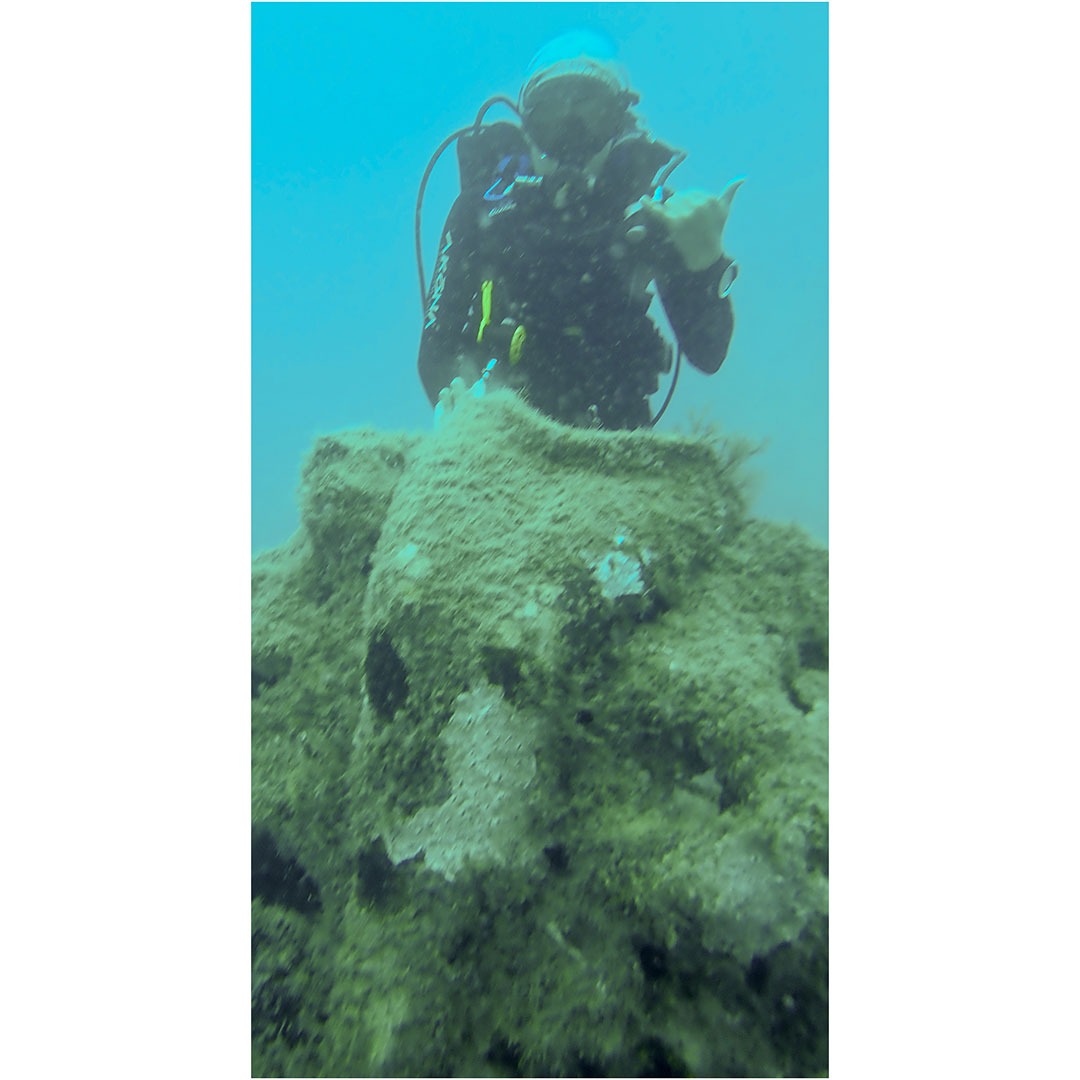
1000 Mermaids Project
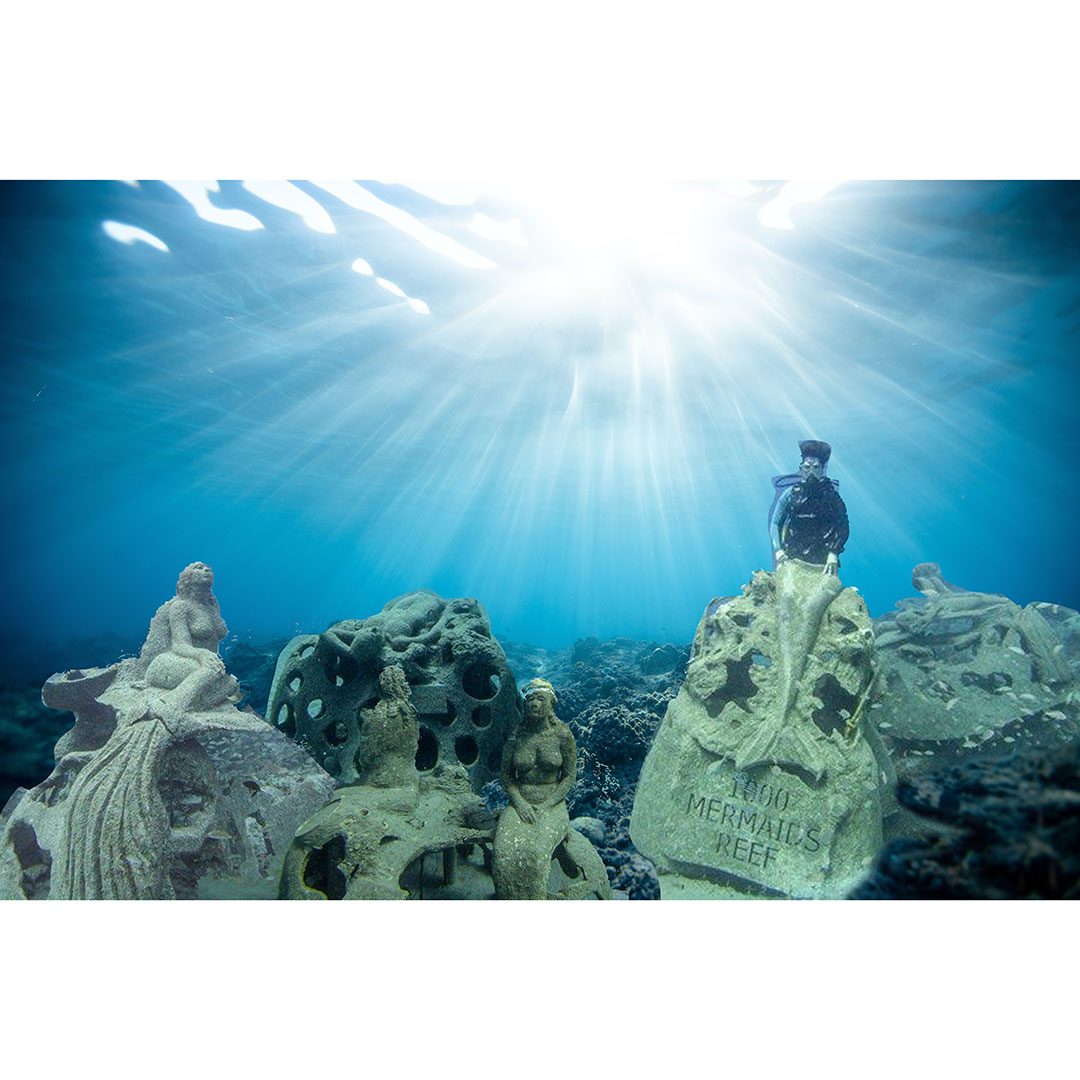
1000 Mermaids Project

1000 Mermaids Project
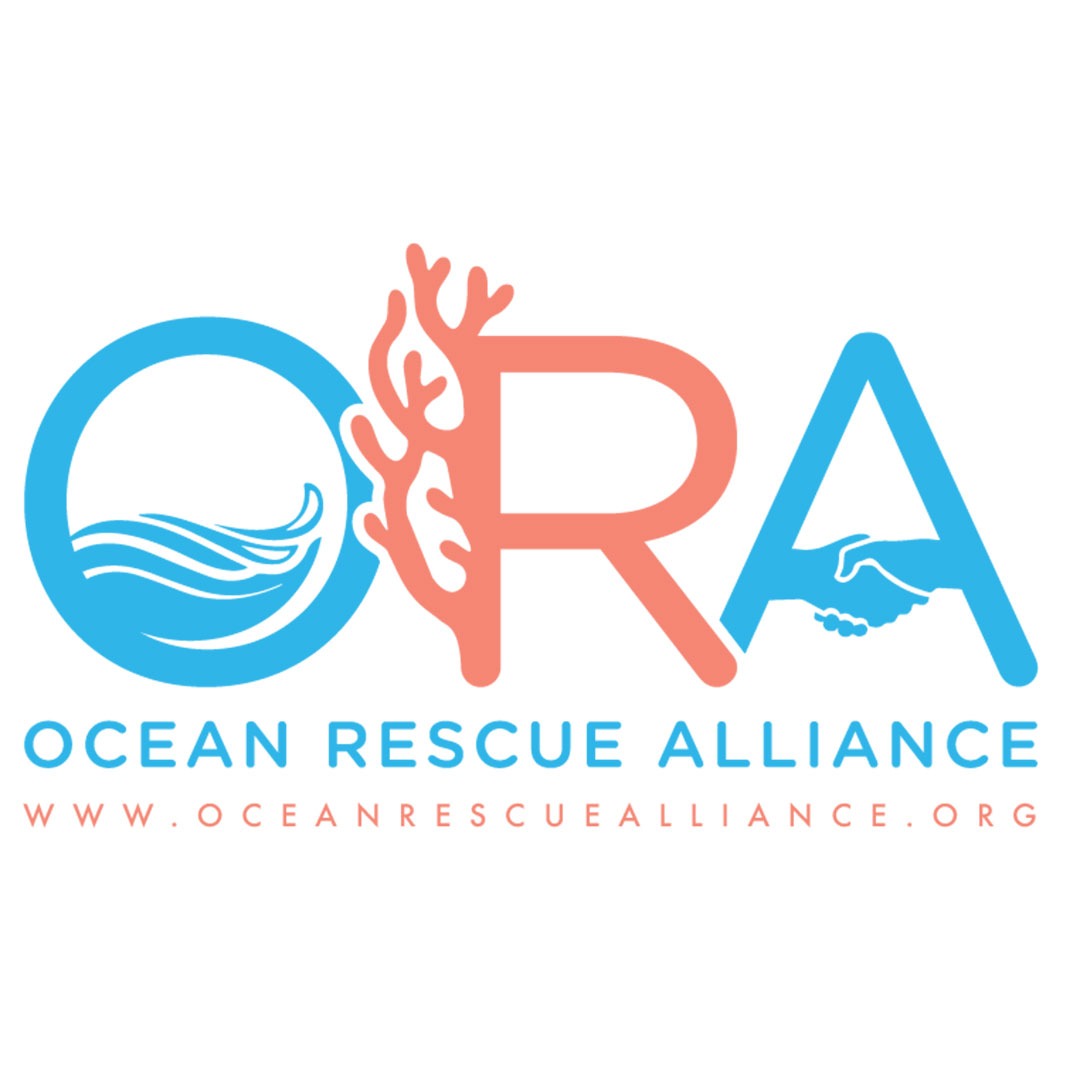
1000 Mermaids Project
